Anycubic Kobra Plus Review: A Larger Vyper
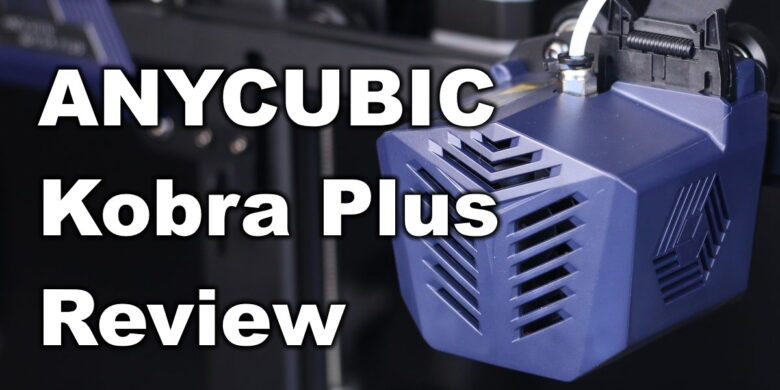
To complete the Kobra line-up, Anycubic just launched the Kobra Plus, which sits between the Anycubic Kobra and the Anycubic Kobra Max. It’s quite similar to the Kobra Max, so let’s see if the Kobra Plus is worth considering.
Anycubic Kobra Plus Shipping and Packaging
The Anycubic Kobra Plus is delivered in a large cardboard box, with foam packaging for the printer. It’s mostly assembled, so setting it up takes about 15 minutes.
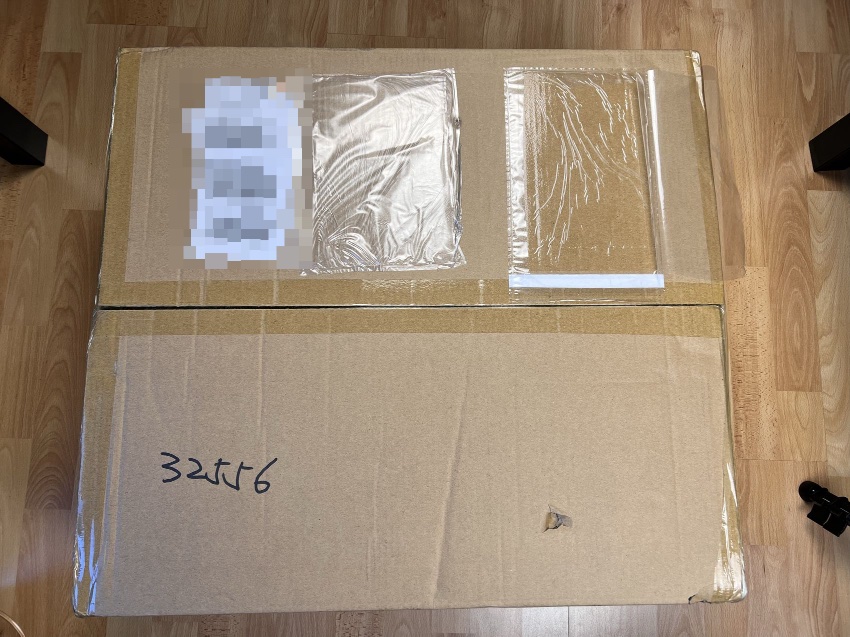
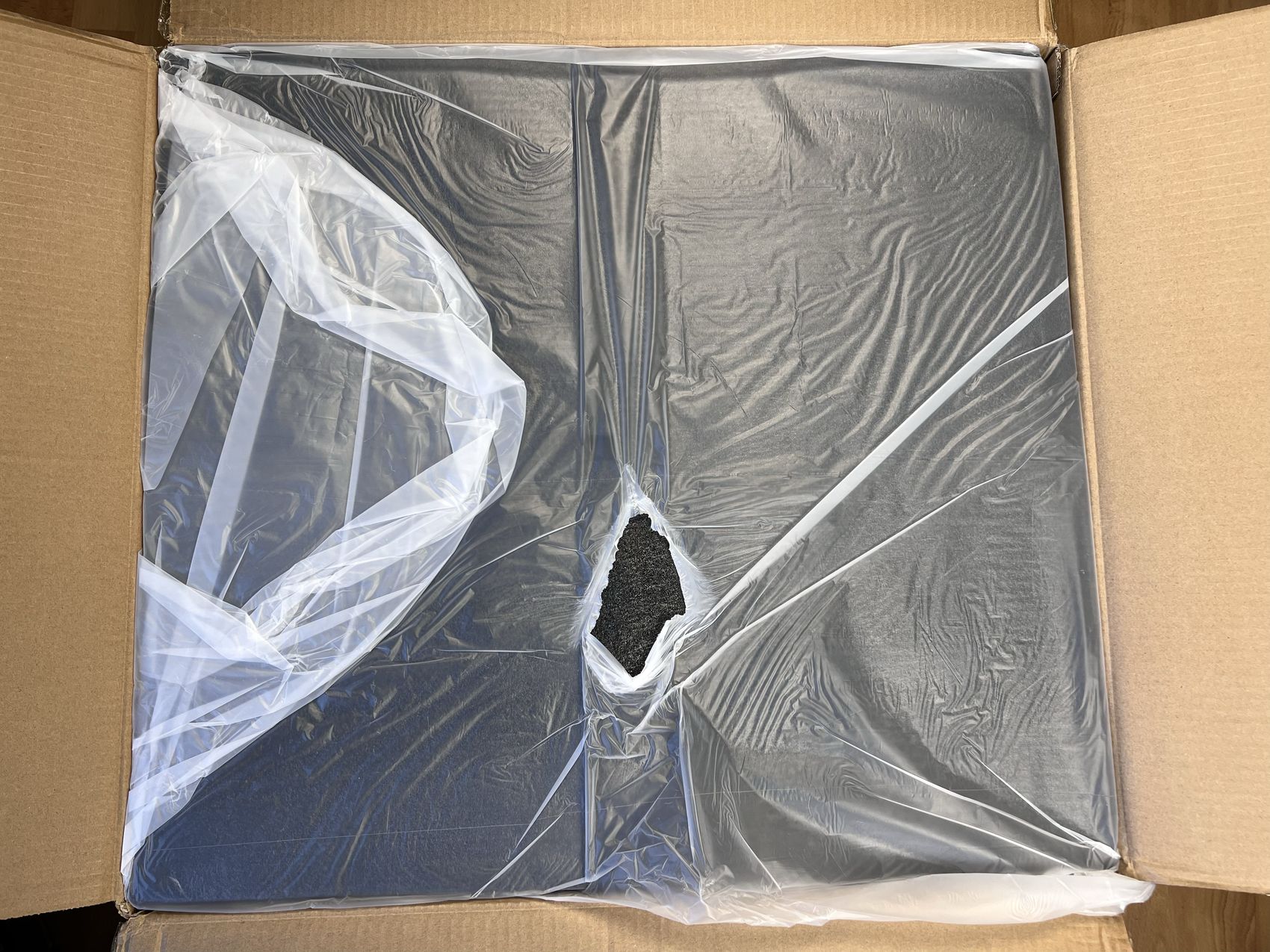

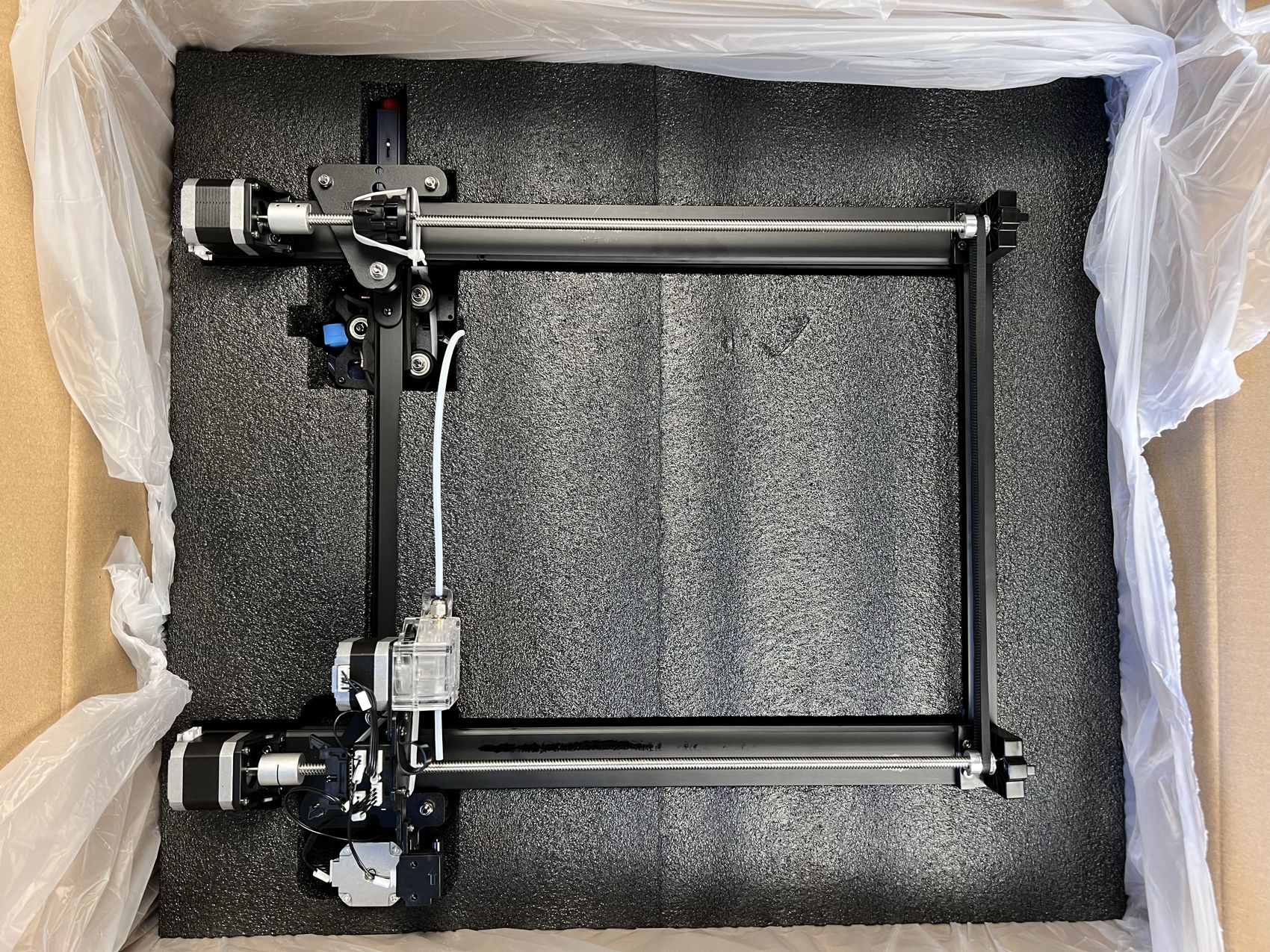

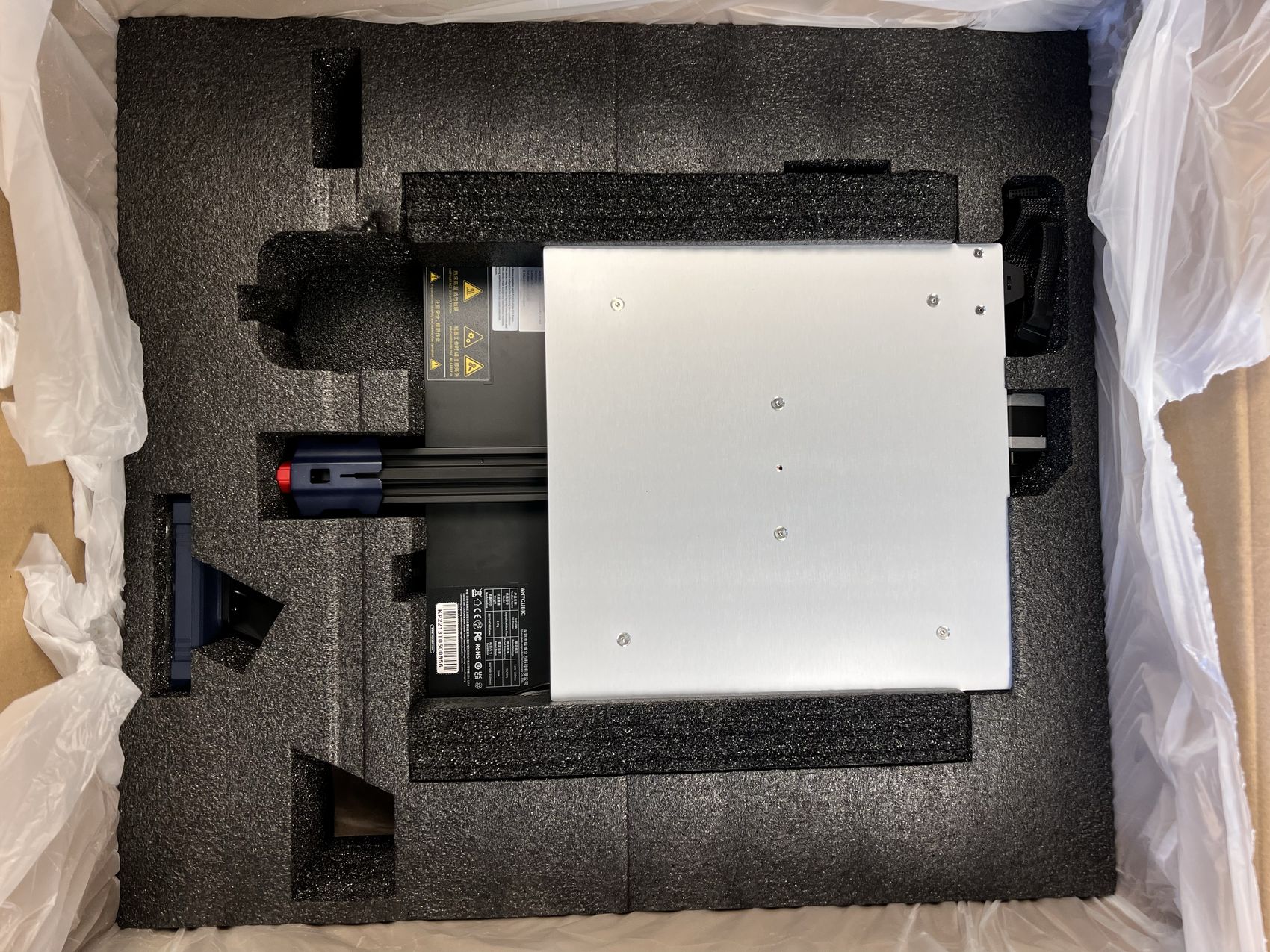
When assembling the printer, I noticed that most of the eccentric nuts were not correctly tightened and a lot of v-slot wheels were not touching the aluminum extrusion. Because of this, the bed was wobbly, the print head was wobbly and the Z-axis wasn’t correctly aligned. I recommend double-checking these when you get the printer.
Another unfortunate thing is the Y-axis motor which wasn’t properly attached to the aluminum extrusion and was partially hanging. After I aligned it and tightened the bolts, everything was ready to go but I really hope other people are more fortunate and get a printer with good QC.
It is not excusable to have such issues on a new printer hoping that the user will know what to check and fix, especially if that particular user is a beginner.
Anycubic Kobra Plus Design
If you checked my previous Anycubic Kobra Max review, then the design of the Kobra Plus will be familiar. The scale is reduced for the 300x300x350mm build volume. Other than that, we get the same flat aluminum extrusions and sleek-looking design.
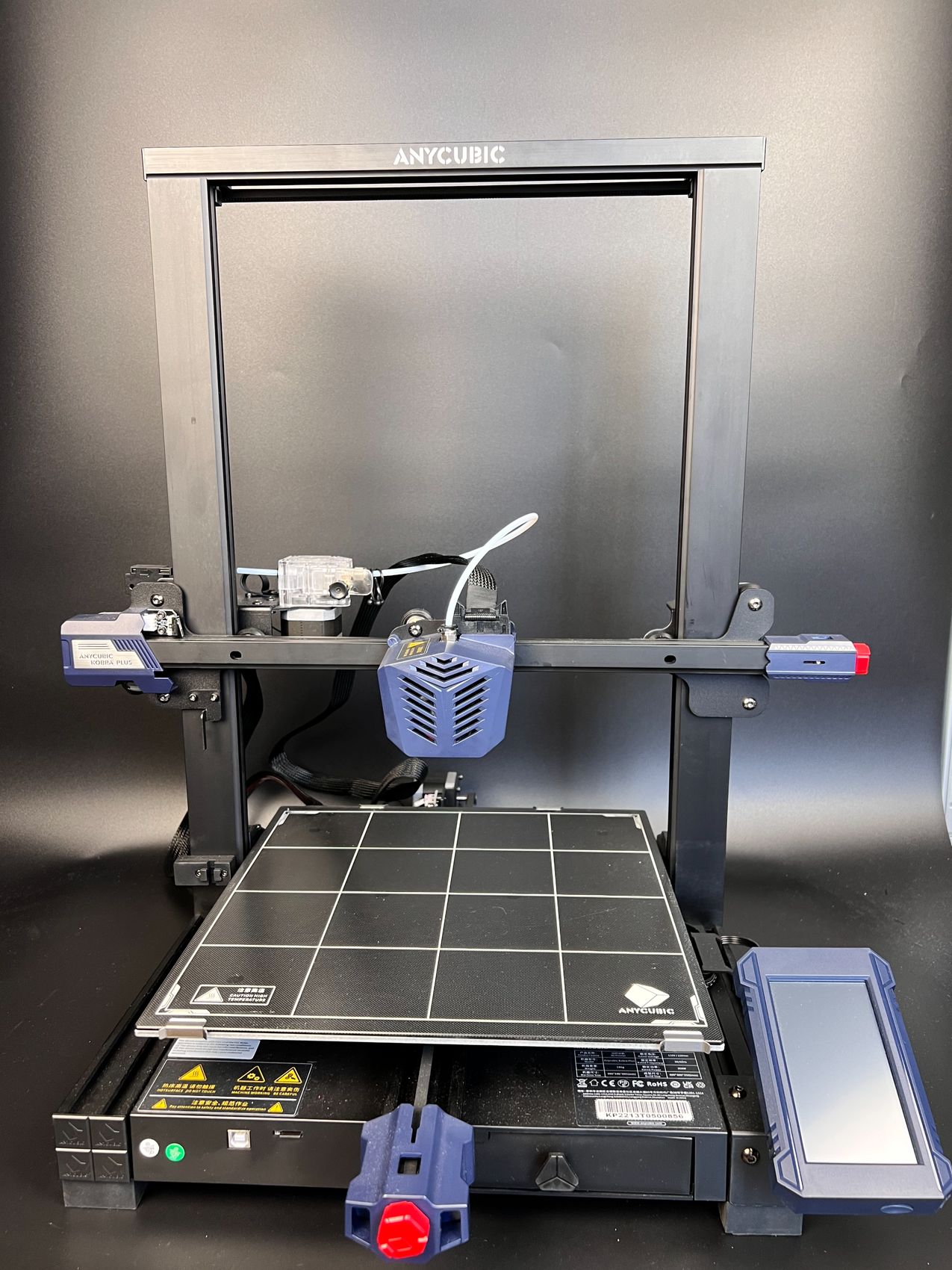
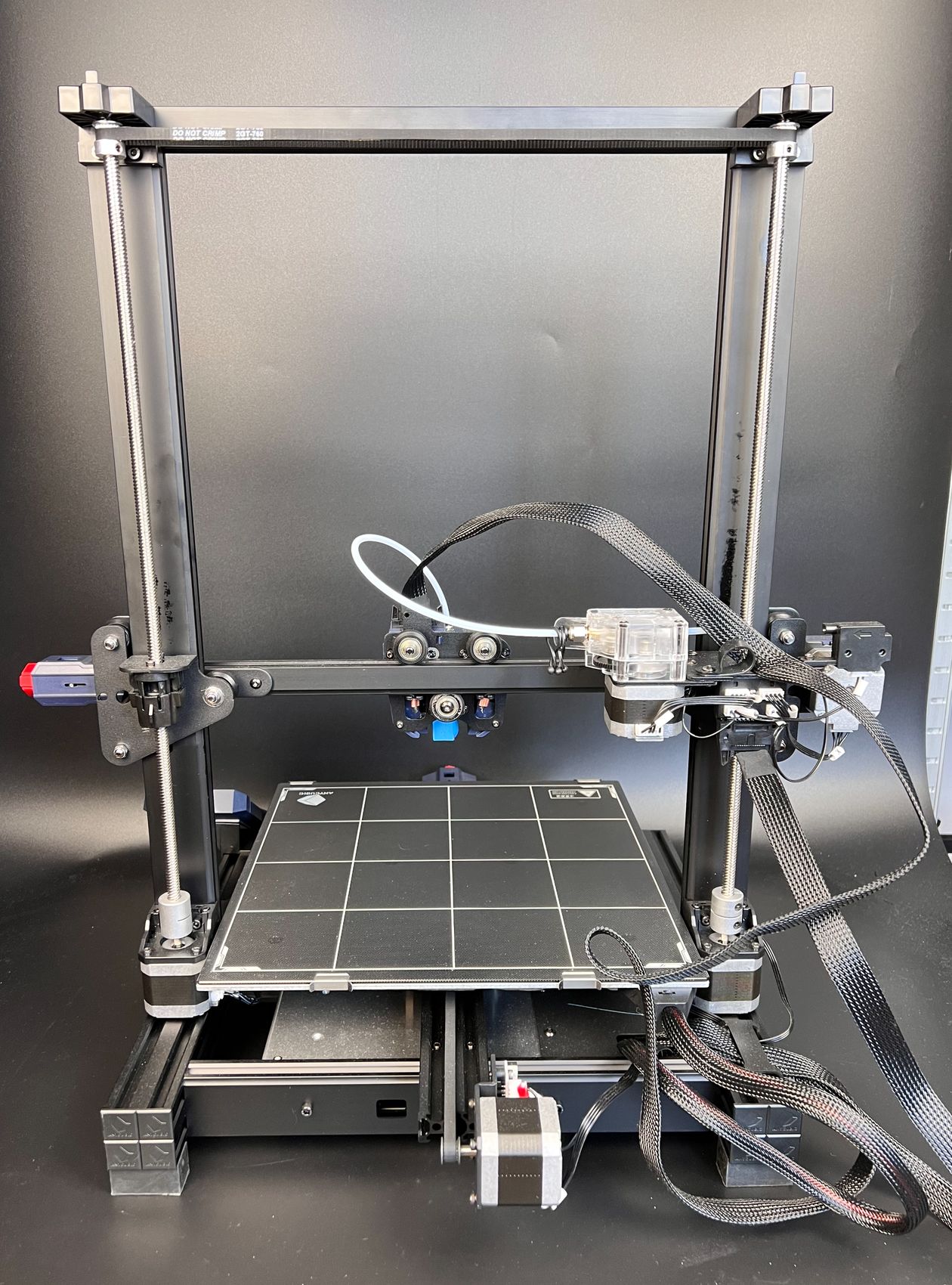

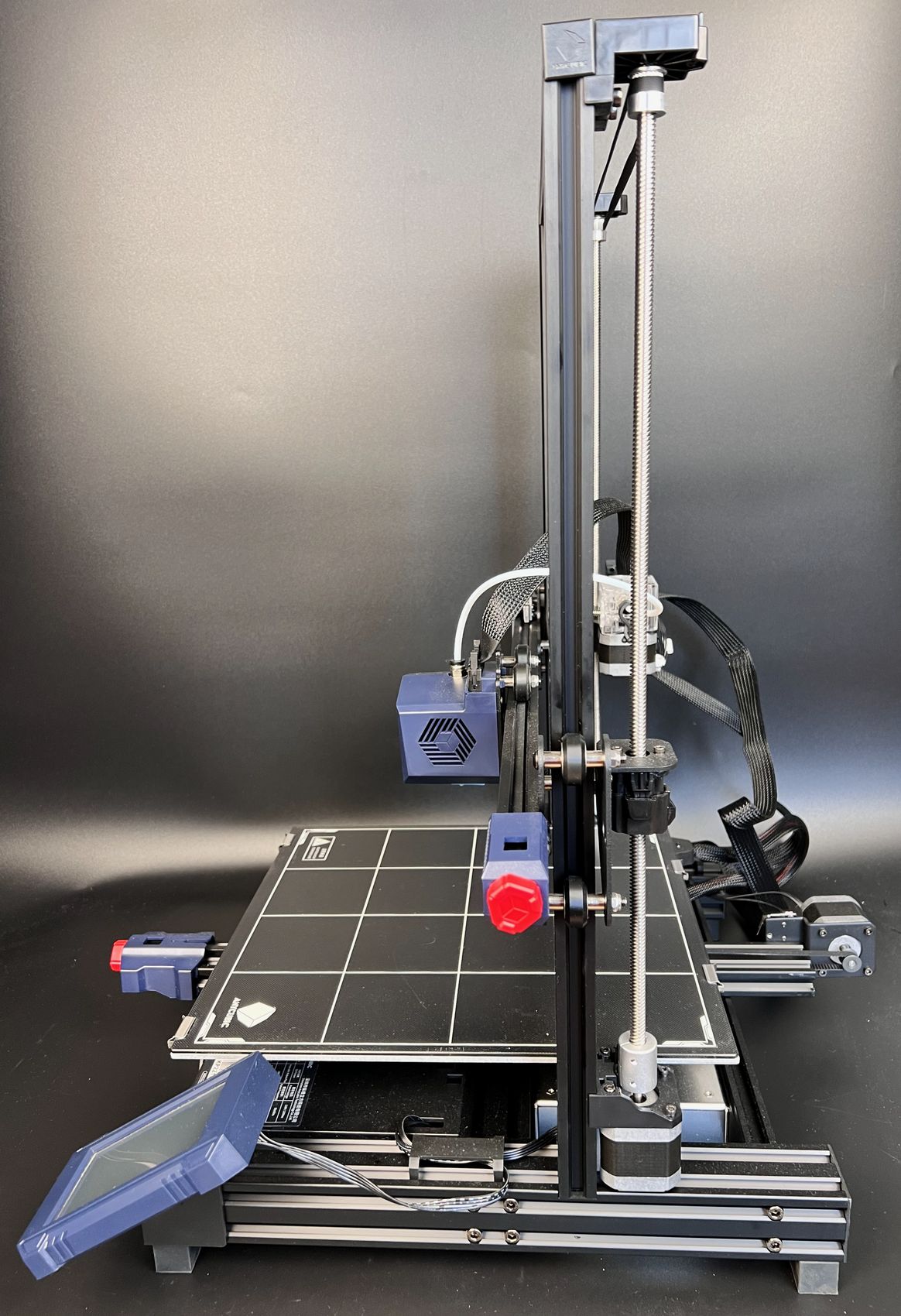
When assembled, it takes a bit less space compared to other printers with 400mm of print space for the Z-axis. The base is made from aluminum extrusions and the electronics enclosure is made from plastic, somewhat similar to the Anycubic Kobra. This saves some cost and it seems to be working ok.
Anycubic Kobra Plus Specs
300x300x350mm build volume
The Kobra Plus has a 300x300x350 mm print volume which should be more than enough for most people looking to print larger models. It’s 50mm shorter on the Z-axis, compared to other machines like the Sidewinder X2 or the Creality CR-10 Smart Pro but the printer also takes a bit less space so that might be good for some people.
BMG dual-gear extruder clone
As you might expect, the Anycubic Kobra Plus comes with a dual-gear BMG clone extruder just like the Vyper and the Kobra Max. This extruder performs well on other Anycubic printers, and I can’t really complain about the build quality.
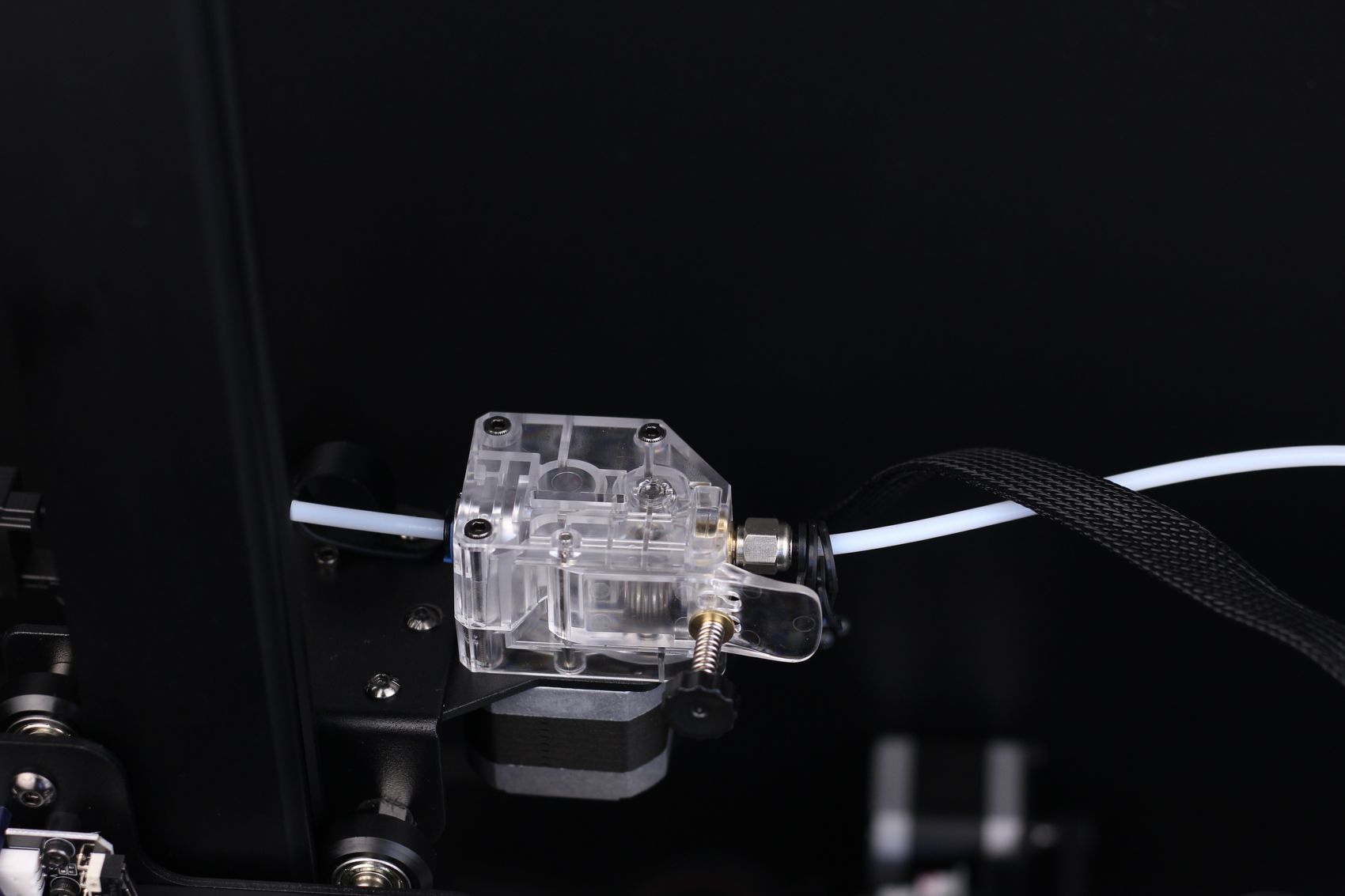
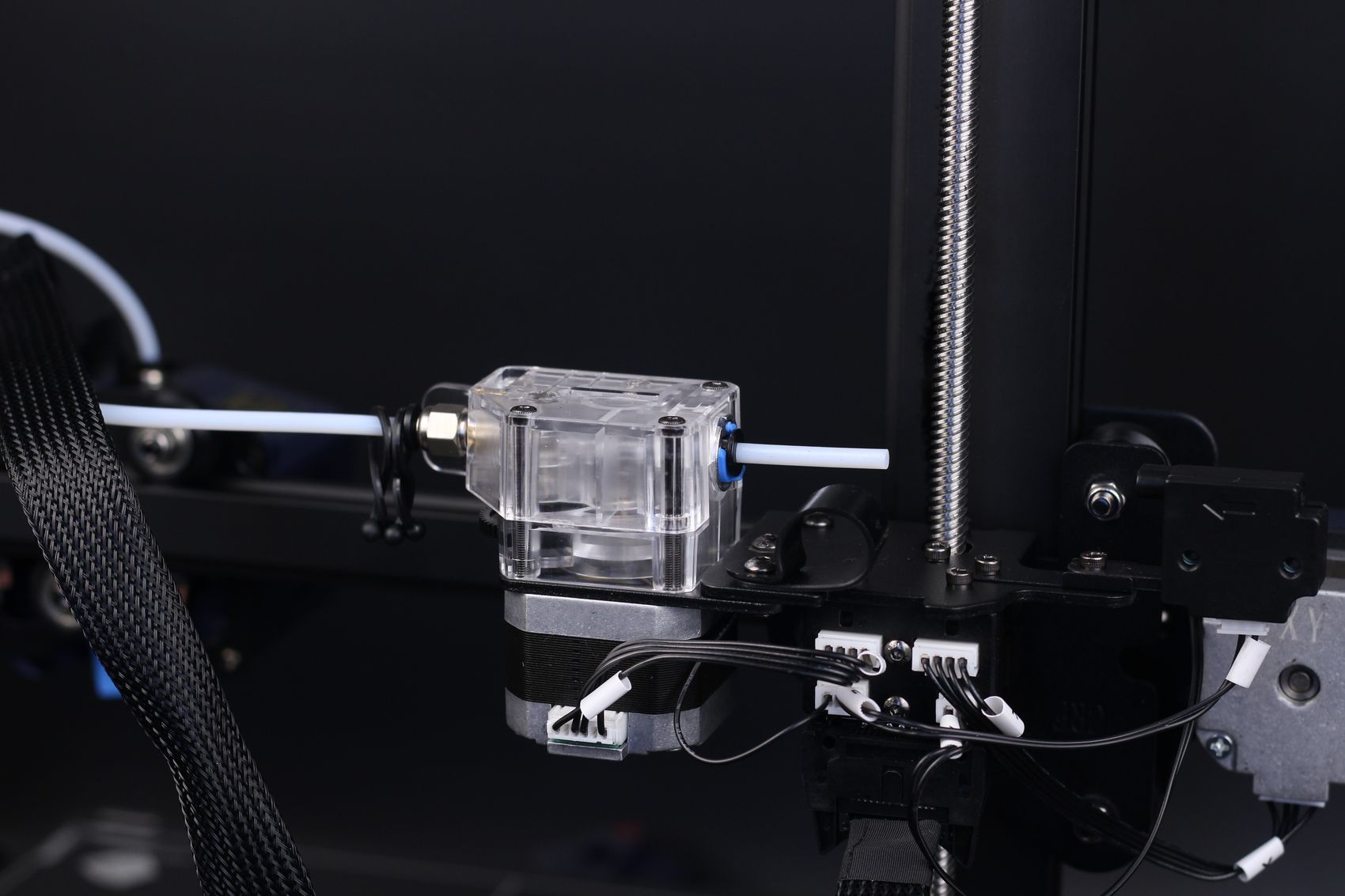
It does its job well enough not to be an issue, even though my printing results show some extrusion inconsistency which I blame on the hotend.
V6 Volcano Hotend clone with PTFE lined hotend
Just like the Kobra Max, the Anycubic Kobra Plus comes with a V6 Volcano Hotend clone which is PTFE lined meaning that you won’t be able to print with temperatures over 235C for longer periods of time without damaging the PTFE tube inside it.
Dual part cooling fans
For part cooling, we get a pair of 6000rpm 4010 radial fans that do a good job in cooling the layers during printing and should be enough considering the printing speeds this printer is capable of.

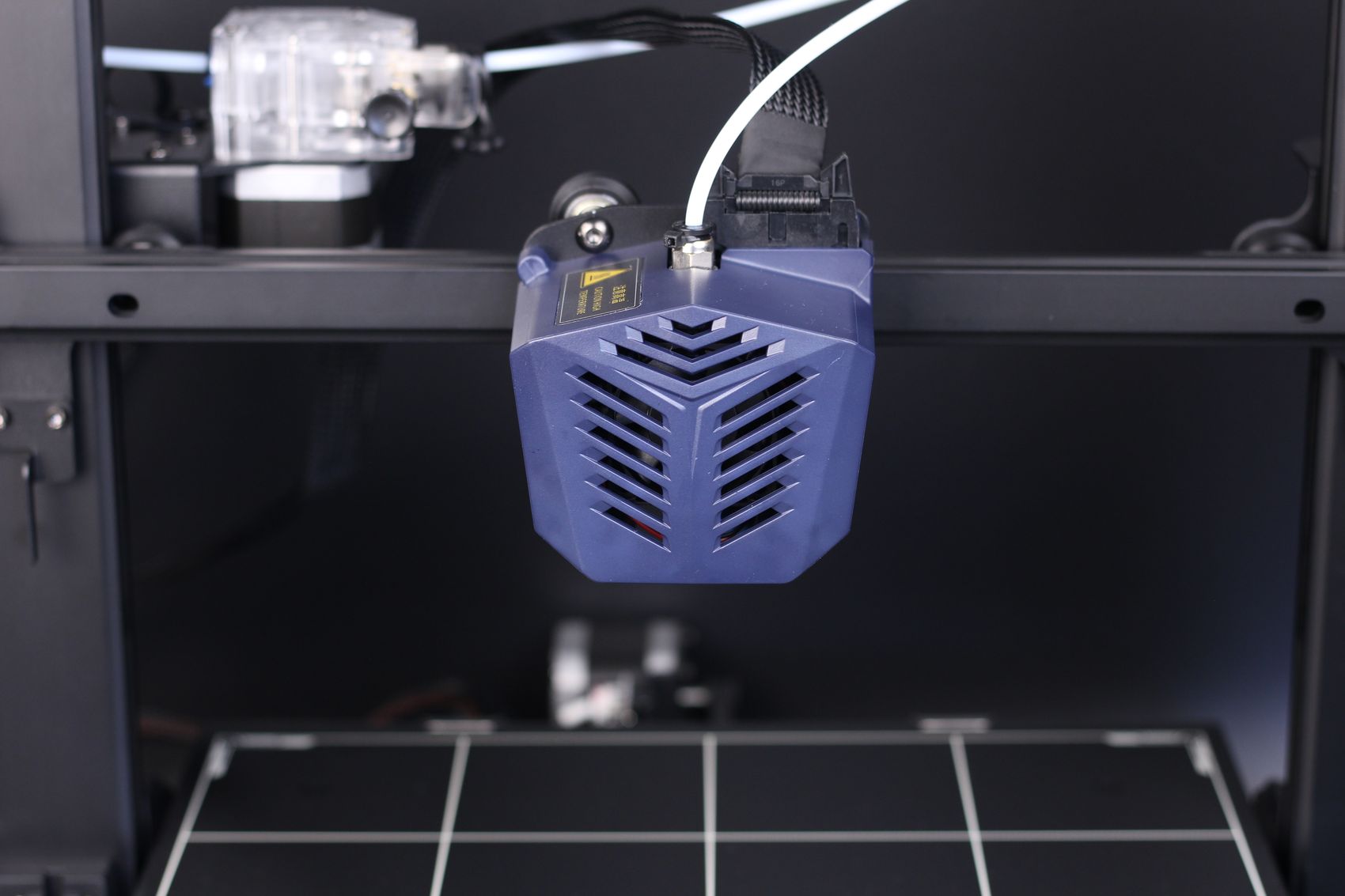

The entire print head is identical to the Kobra Max and Vyper, so if you’ve seen one of those, you know what to expect from the Kobra Plus.
TriGorilla Pro A V1.0.4 32-bit board with silent stepper drivers
We get a TriGorilla Pro A V1.0.4 32-bit board with four silent stepper drivers meaning that the Z-axis is running on a single stepper driver. That won’t allow automatic X-axis tramming, but that shouldn’t be an issue when the Z-motors are linked with a belt.
I also checked the power wires and they were tinned. But I also noticed that the wires were not properly secured in the terminals. This is a huge issue in my opinion. If I were to leave the wires as they were, a short circuit could have easily occurred at some point, or even worse, a fire.
To keep everything cool, we have a large fan 80mm fan which is nice to see as it can run a bit slower while also moving a lot of air without being too noisy.
Auto bed leveling with LeviQ system
Auto bed leveling is achieved with the same strain gauge sensor present on the Kobra Max and the Vyper. Most of the time it works great, so I don’t think there will be issues with leveling.
Fixed heatbed with a carborundum glass printing surface
Just like its bigger brother, the Kobra Plus has a fixed aluminum heatbed meaning that you won’t have to fiddle around with leveling knobs for tramming the bed. The integrated strain gauge sensor will level the bed by touching the carborundum glass printing surface.
The print surface has good adhesion and consistent adhesion. In some cases, adhesion is almost too good, but it’s not a huge problem if you correctly set up the first layer and the Z offset.
In the middle of the heatbed you can see the thermistor which detects the temperature of the bed, but it doesn’t touch the aluminum plate which might generate incorrectly reported temperatures.
Underneath the bed, we have a thin layer of insulation material which is nice to see as it improves the thermal efficiency and lower power draw during operation.
Dual Z-axis with anti-backlash nuts and Z sync belt
Another good thing that was brought from the Kobra Max and Vyper is the dual Z-axis leadscrew setup with anti-backlash nuts and the Z-sync belt. This setup works great and I can’t really complain about it other than some slight noise and vibration when moving the gantry on the Z-axis.

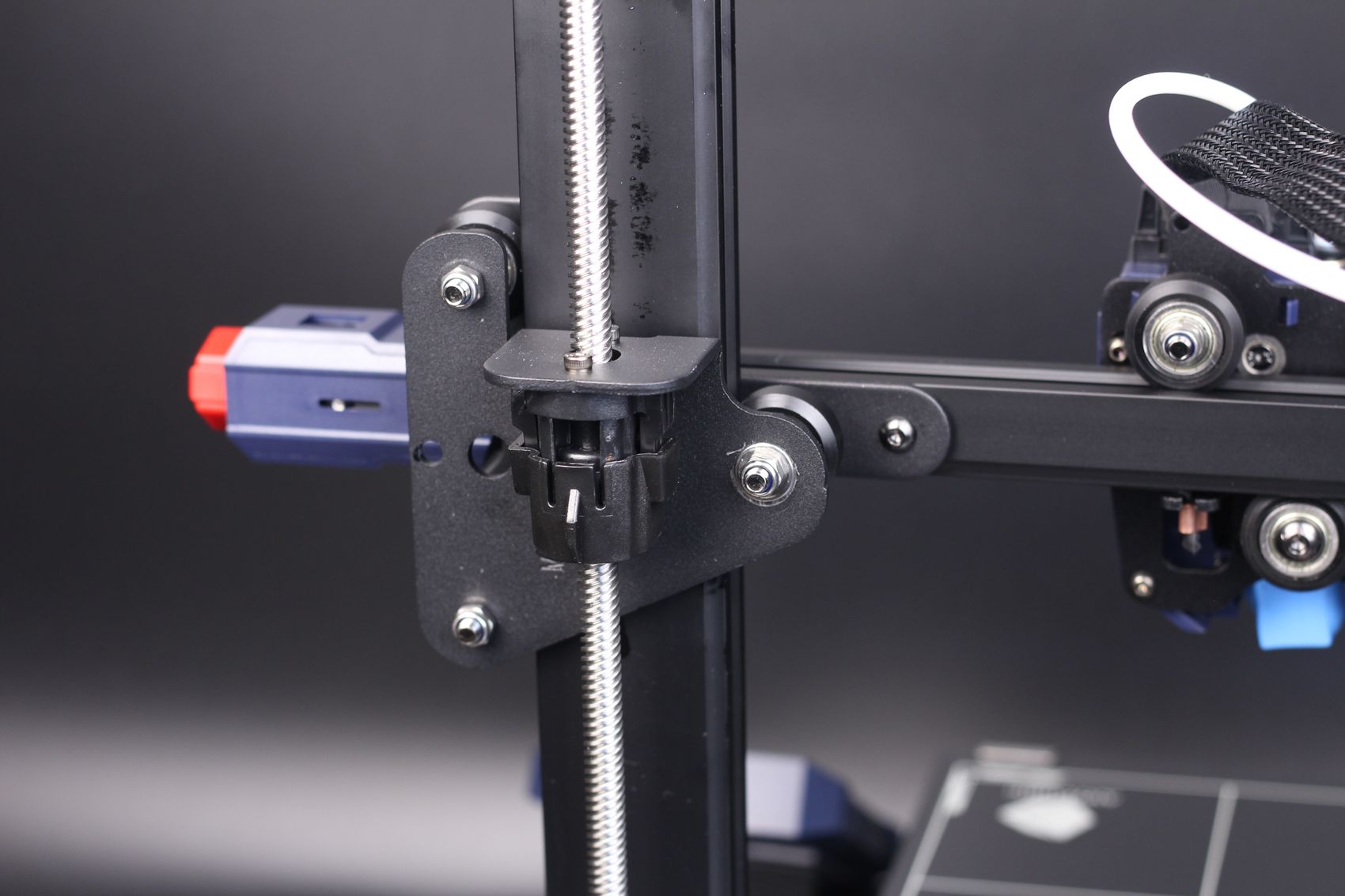
The stepper motor noise and the vibration are more noticeable than what I have experienced with other machines. It’s not something annoying, but still worth mentioning.
Belt tensioners
Like other machines launched in the last few years, the Kobra Plus comes with belt tensioners for both X and Y axis. This is a standard offering for most 3D printers nowadays.
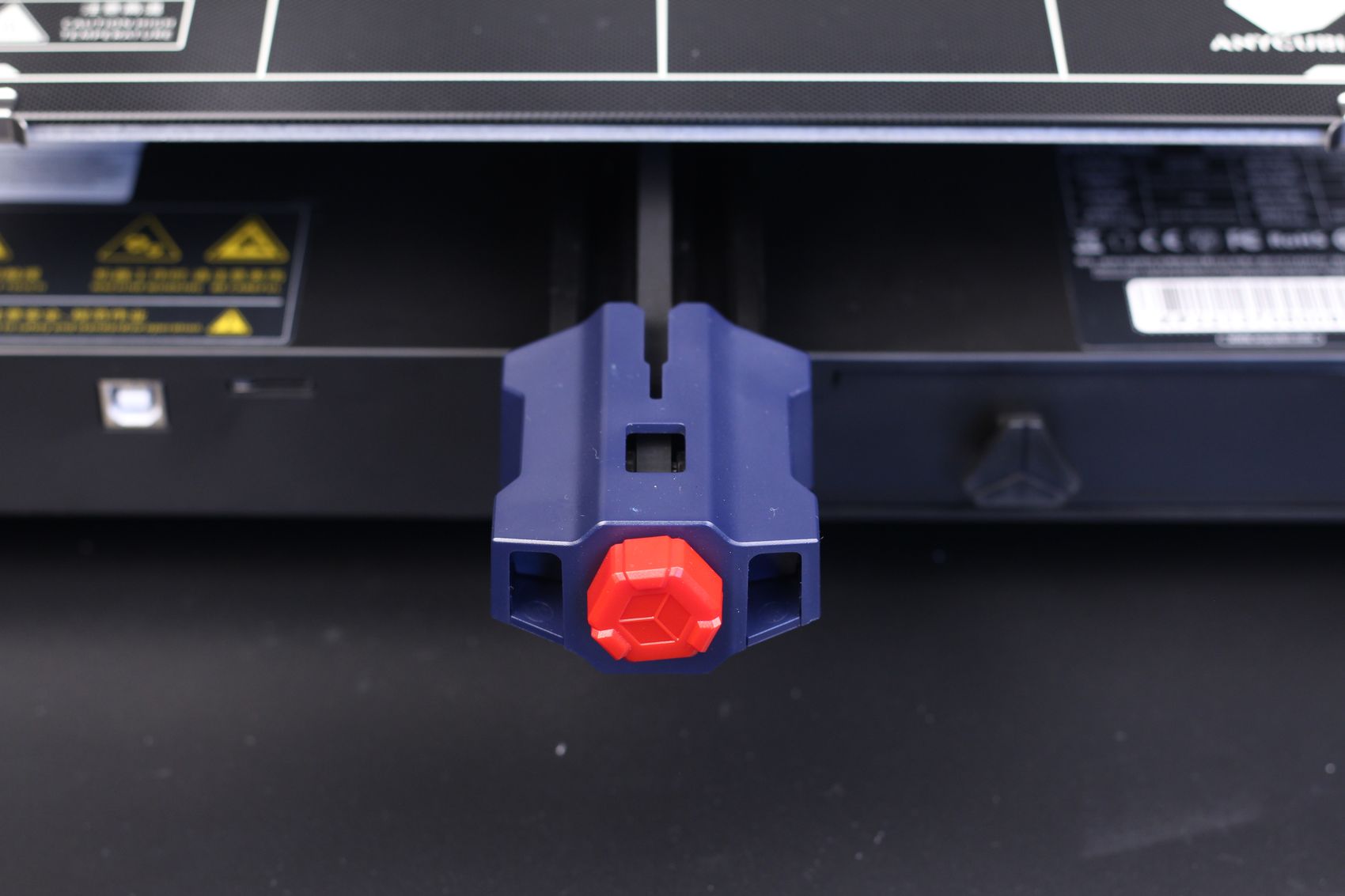
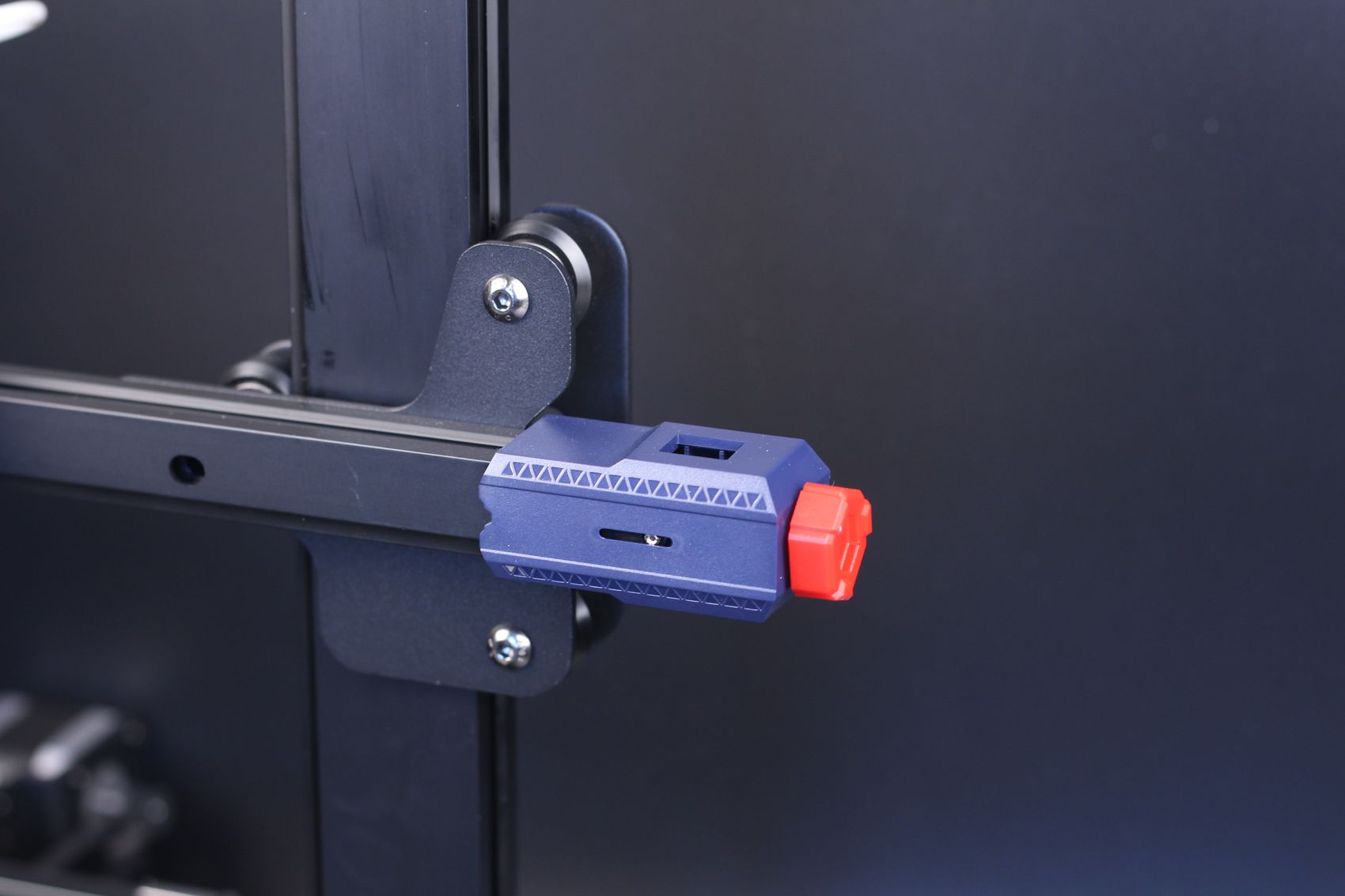
Integrated tool drawer
I also like that companies started to include a small drawer to keep the most used tools or nozzles with the printer. The Kobra Plus has a similar tool drawer but for some reason, all the included accessories come in a separate bag, probably because it is easier to package everything. Still, a nice addition.
4.3-inch touchscreen
When it comes to the 4.3-inch touchscreen, there’s not a lot to talk about. It’s the same as the one included with the Kobra Max or the old Vyper.
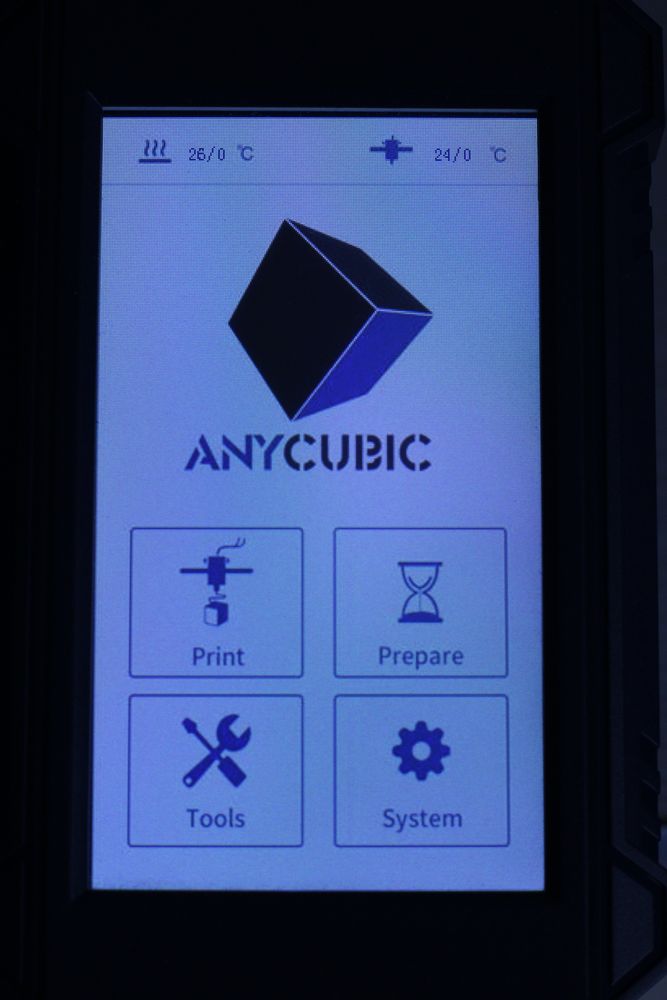

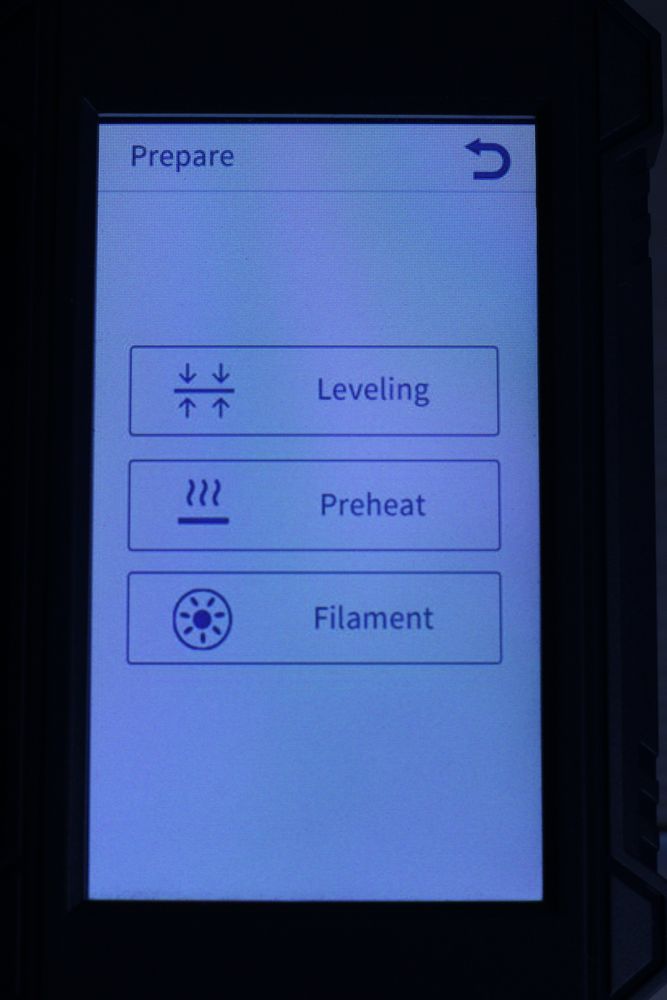
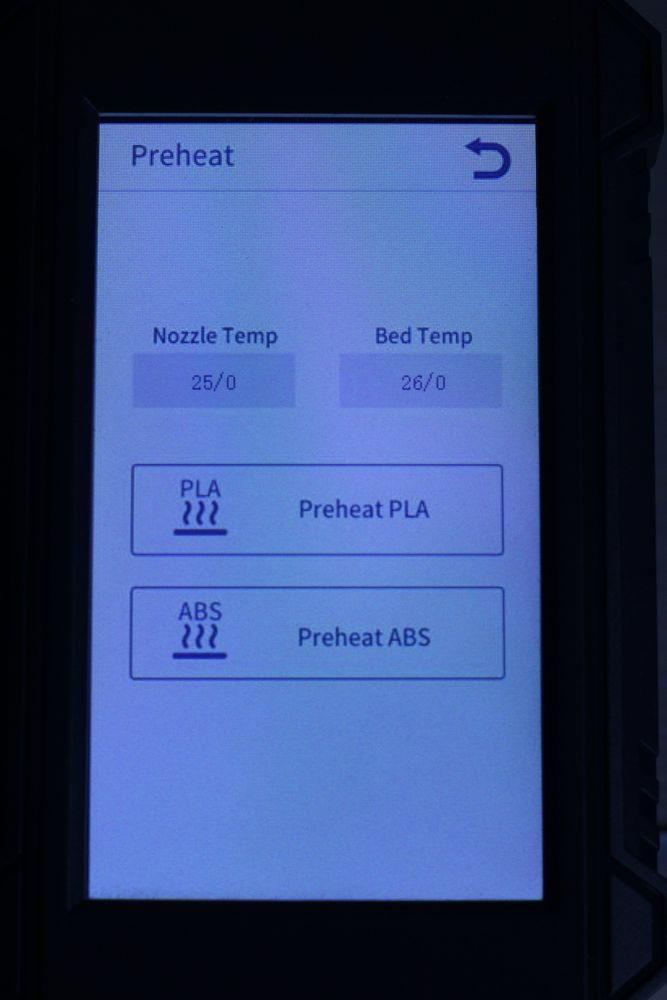
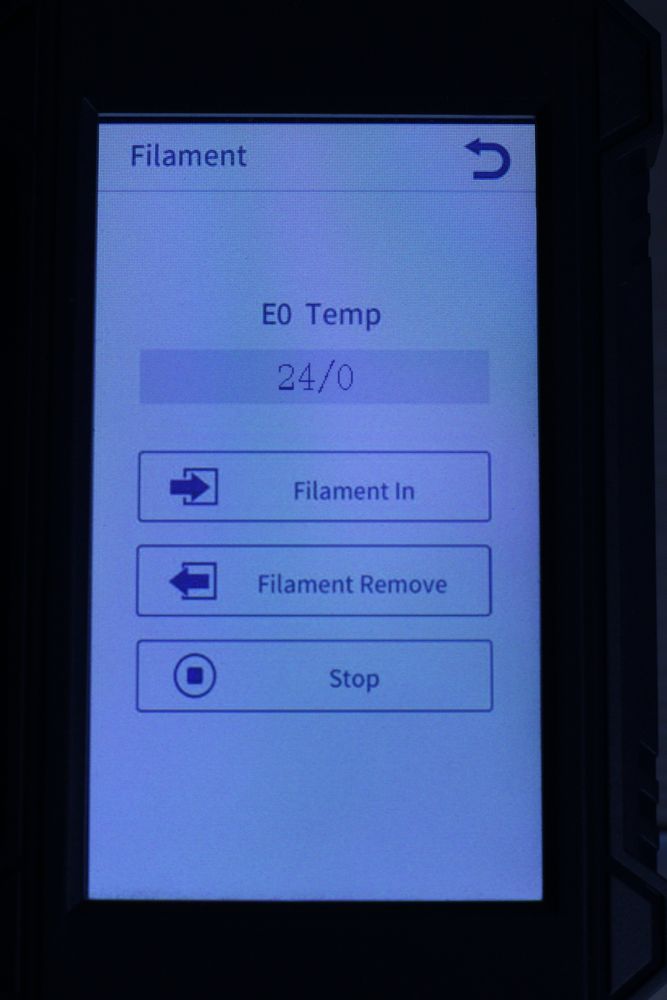
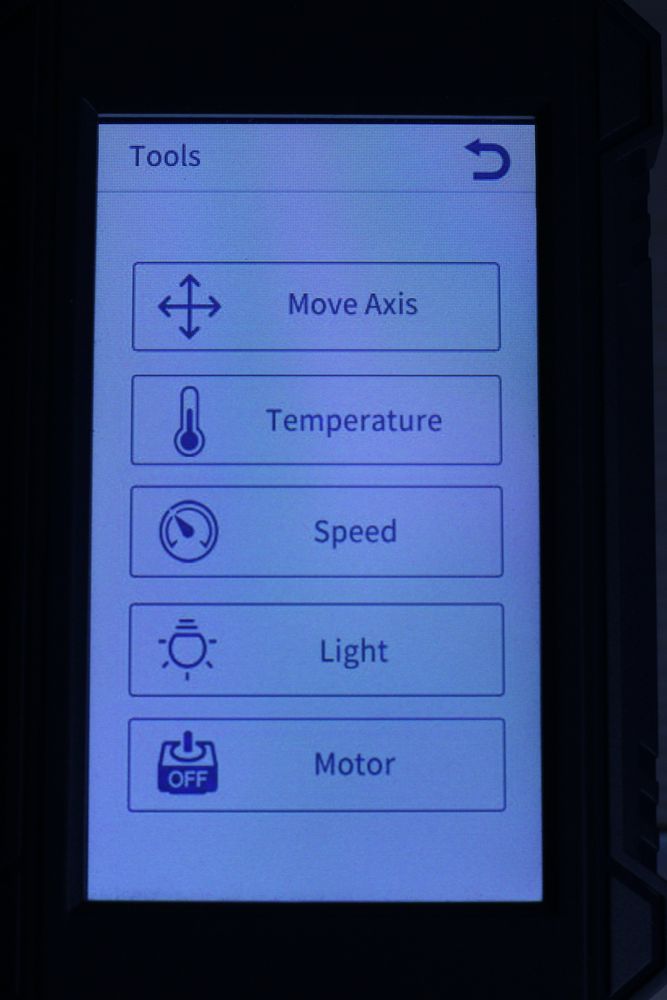
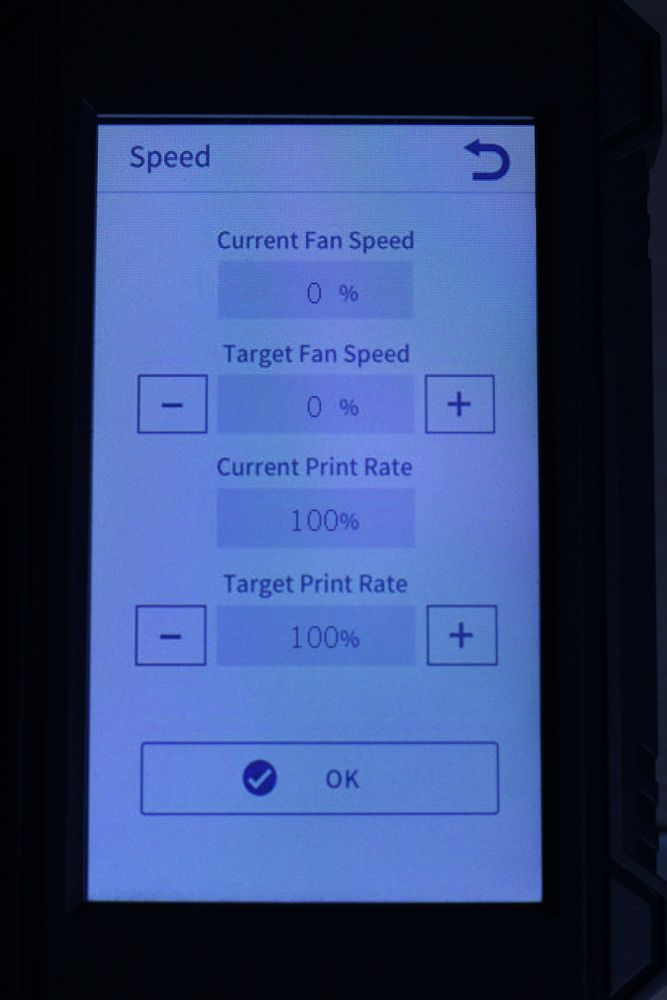
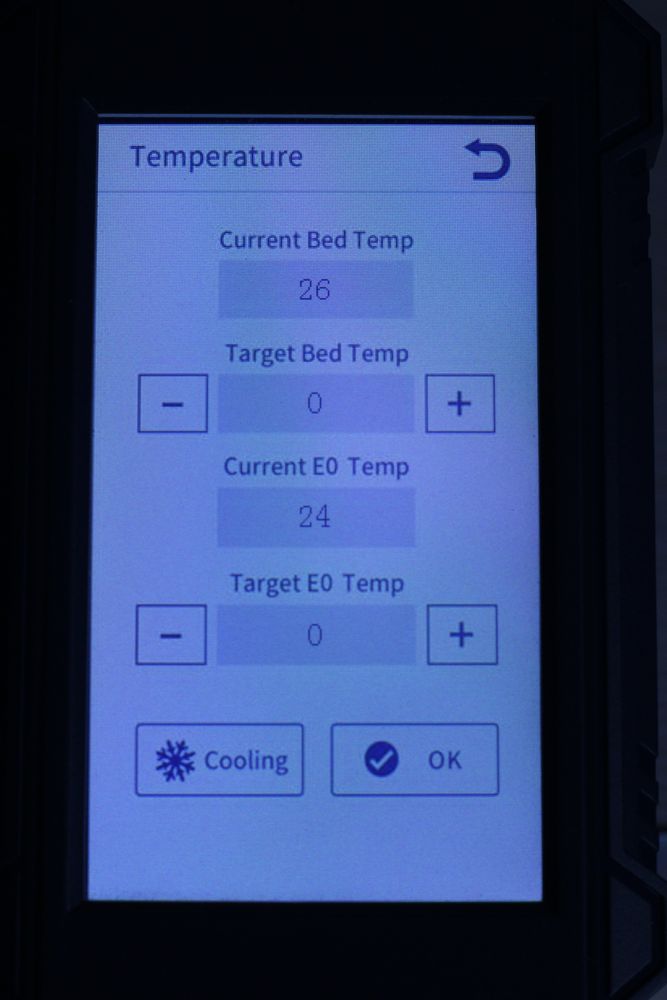

It has a resistive touchscreen which works fine, but I still don’t like the white theme and the blue font used throughout the menus.
Fortunately, it’s responsive and behaves well, so I can’t really complain. Still, it would be nice to have a bit more functionality added over time.
Heating time and power consumption
Hotend
- 200C in 1 minute and 30 seconds
- 250C in 2 minutes and 20 seconds
Heatbed
- 60C in 3 minutes and 55 seconds
- 100C in 10 minutes 20 seconds
Power Draw.
Idle power draw is around 5W. When the hotend and heatbed are heating up, the Anycubic Kobra Plus draws around 330W. After it starts printing, the power draw stabilizes to around 85W. What is a bit concerning is the power draw which gets quite close to the 350W the power supply is able to deliver safely.
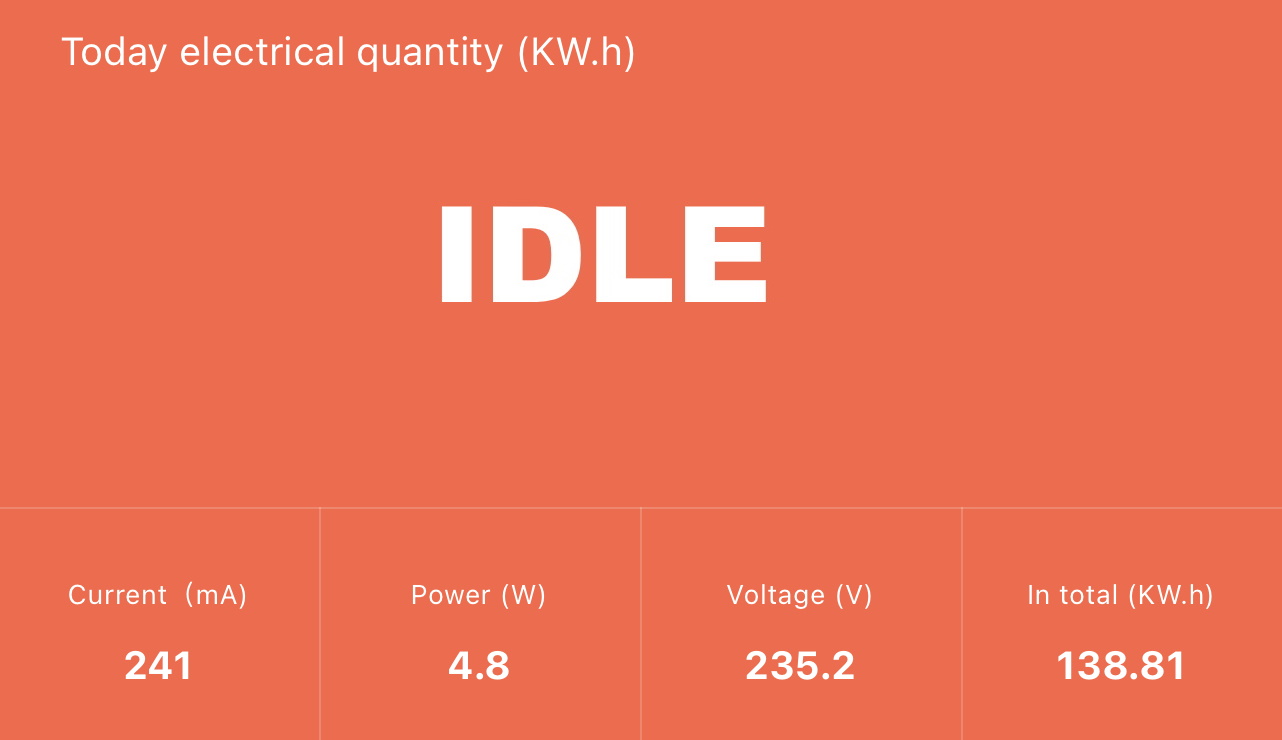
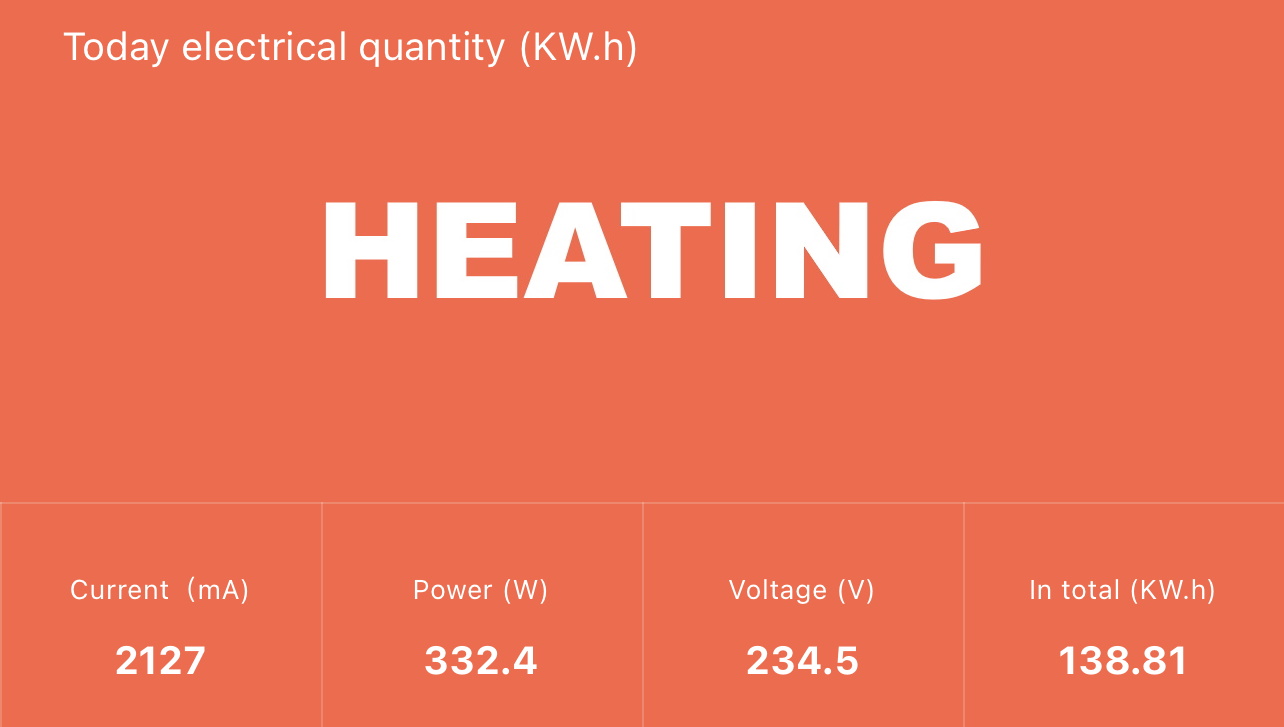

All these measurements were taken with a Blitzwolf smart power socket which indicates the power draw, and it can also be used for remotely powering on and off the printer.
Bed Temperature Uniformity
I tested the temperature uniformity for the Anycubic Kobra Plus bed with the FLIR Camera installed on the CAT S62 Pro. The bed has been set to 60C and I waited 2 minutes for the temperature to stabilize.
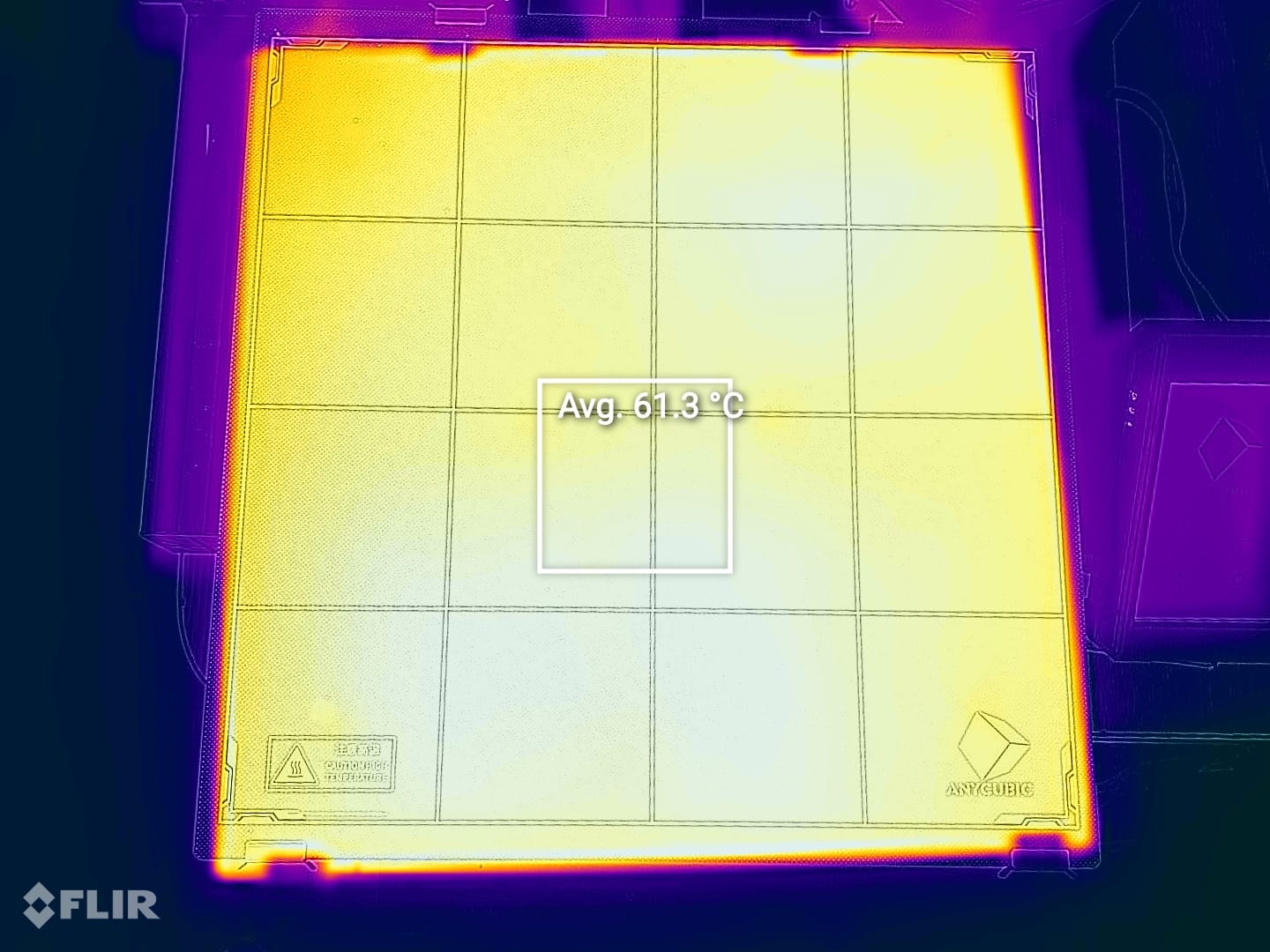
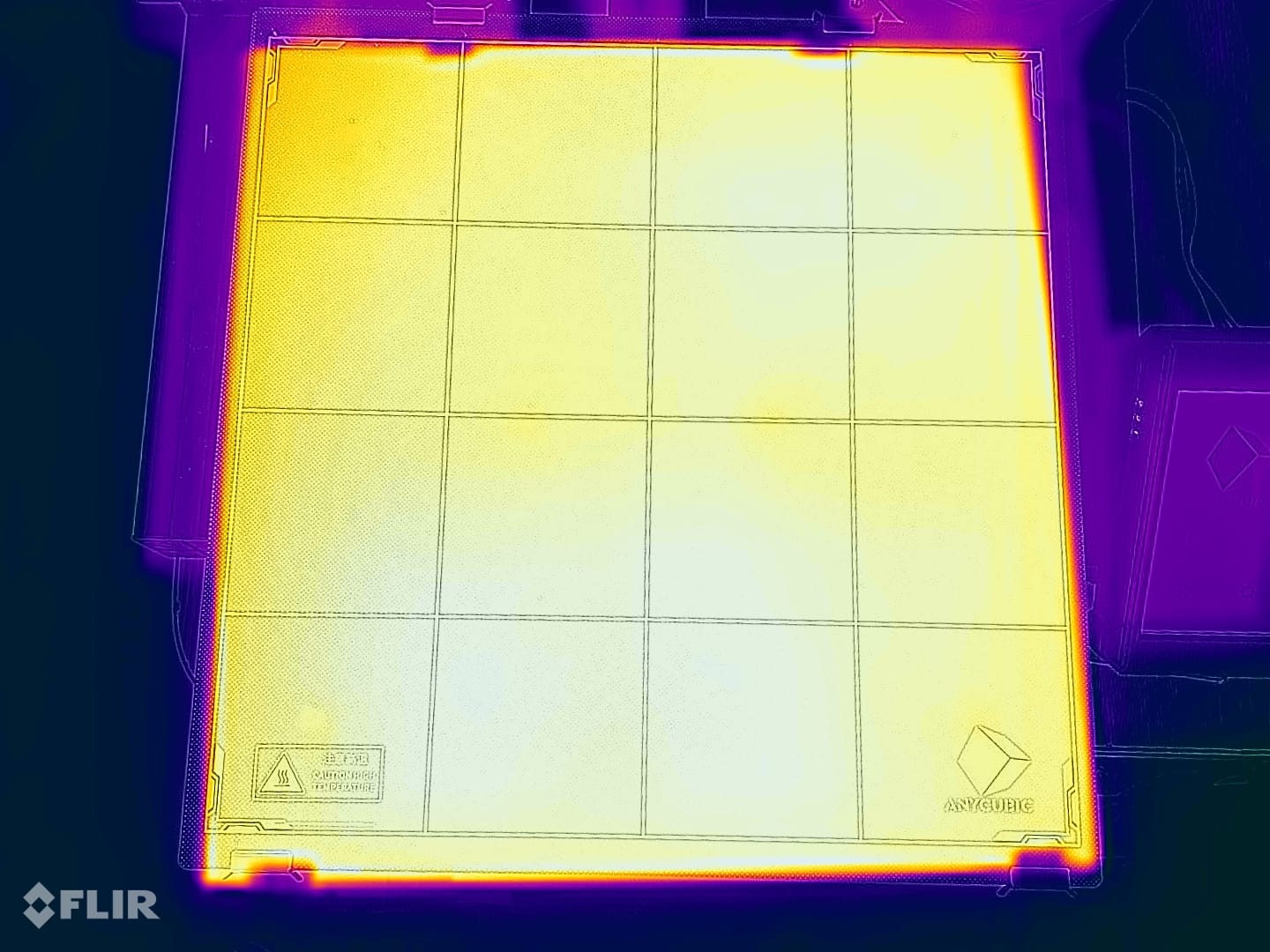
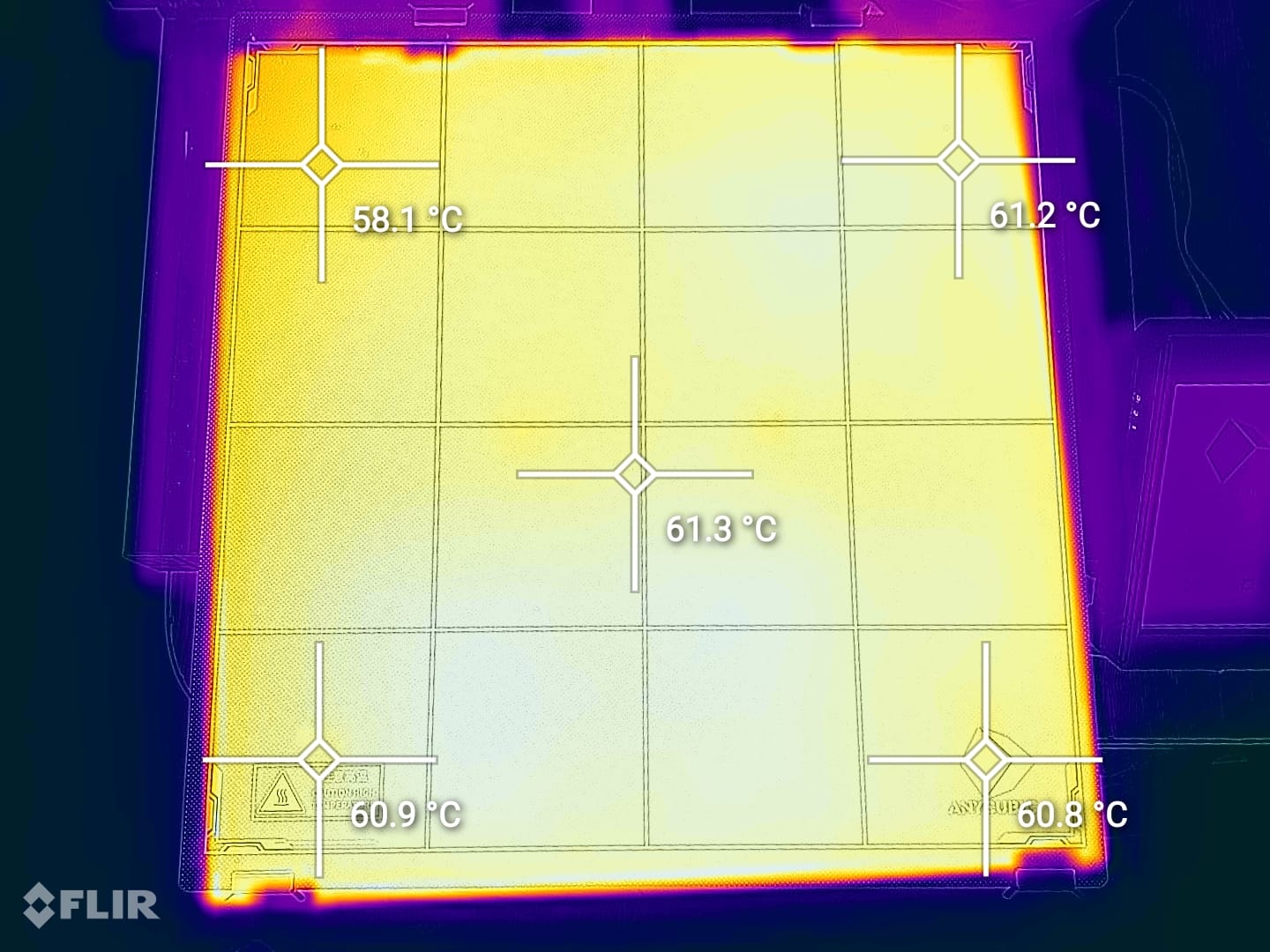
The bed hearing uniformity is decent, with a temperature difference of a few degrees in some places. Still, good enough for most models you plan to print on it.
Anycubic Kobra Plus Noise Levels
The Anycubic Kobra Plus is relatively silent, but the stepper motors generate a bit more noise compared to what I’m used to. Other than that, the fan noise is not annoying, and I think it can be used in an office without worrying about the noise.
Prusa Slicer profiles for Anycubic Kobra Plus
During my time with the printer, I tuned a few Prusa Slicer profiles for the Anycubic Kobra Plus. These profiles are tuned for the stock printer and are available to my Patreon supporters. Considering the print quality I got with the Kobra Plus, I am not sure if the profiles will apply to your printer as well.
As usual, the flow rate will still need to be calibrated, according to your filament.
Test prints on Anycubic Kobra Plus
3D Benchy
My first print test is a 3D Benchy, as I always do with new printers I review. The print results are not great, and you will see a repeating pattern with the next prints as well. The extrusion is not consistent, and there’s some fine stringing present.
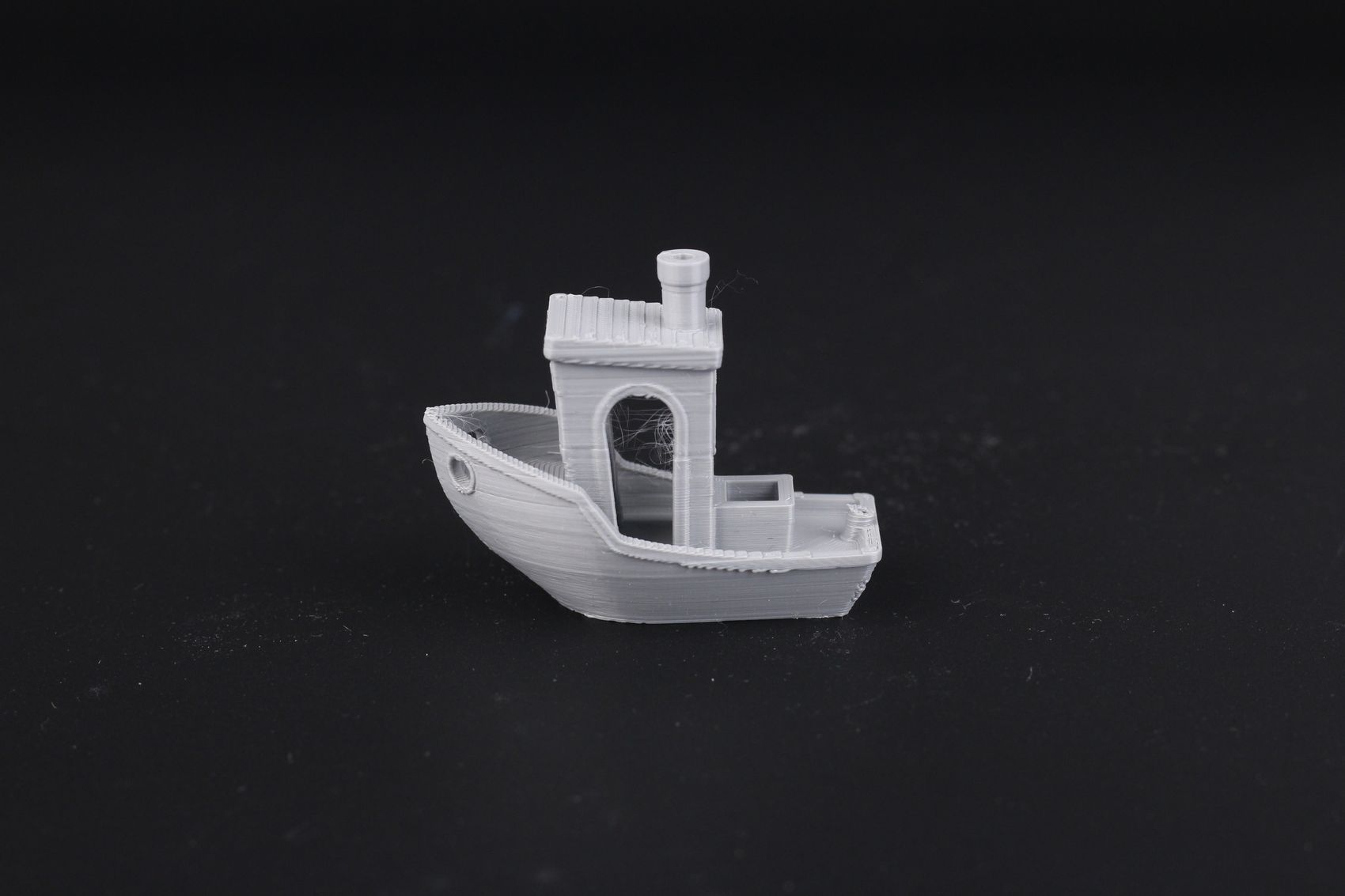
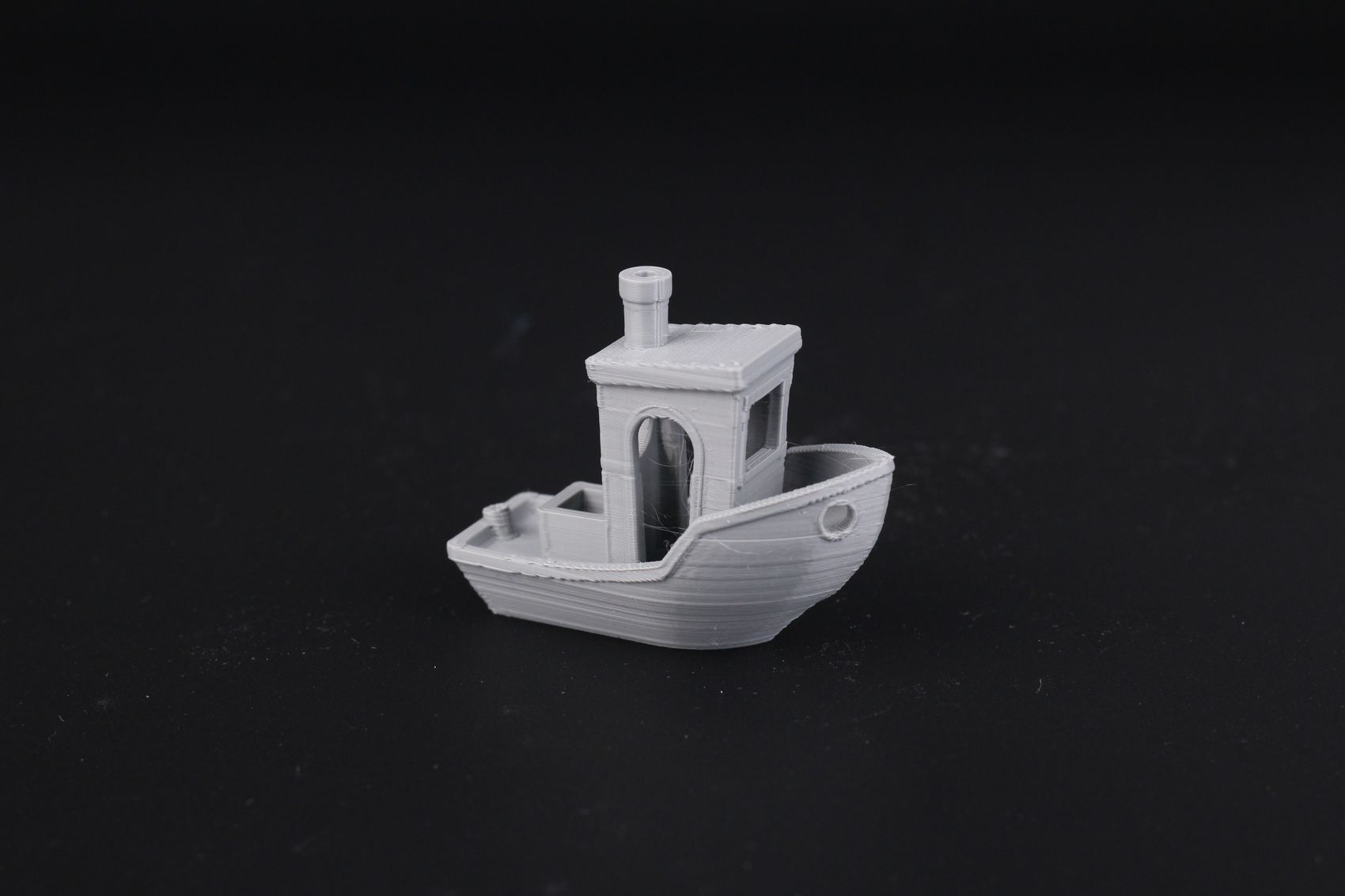
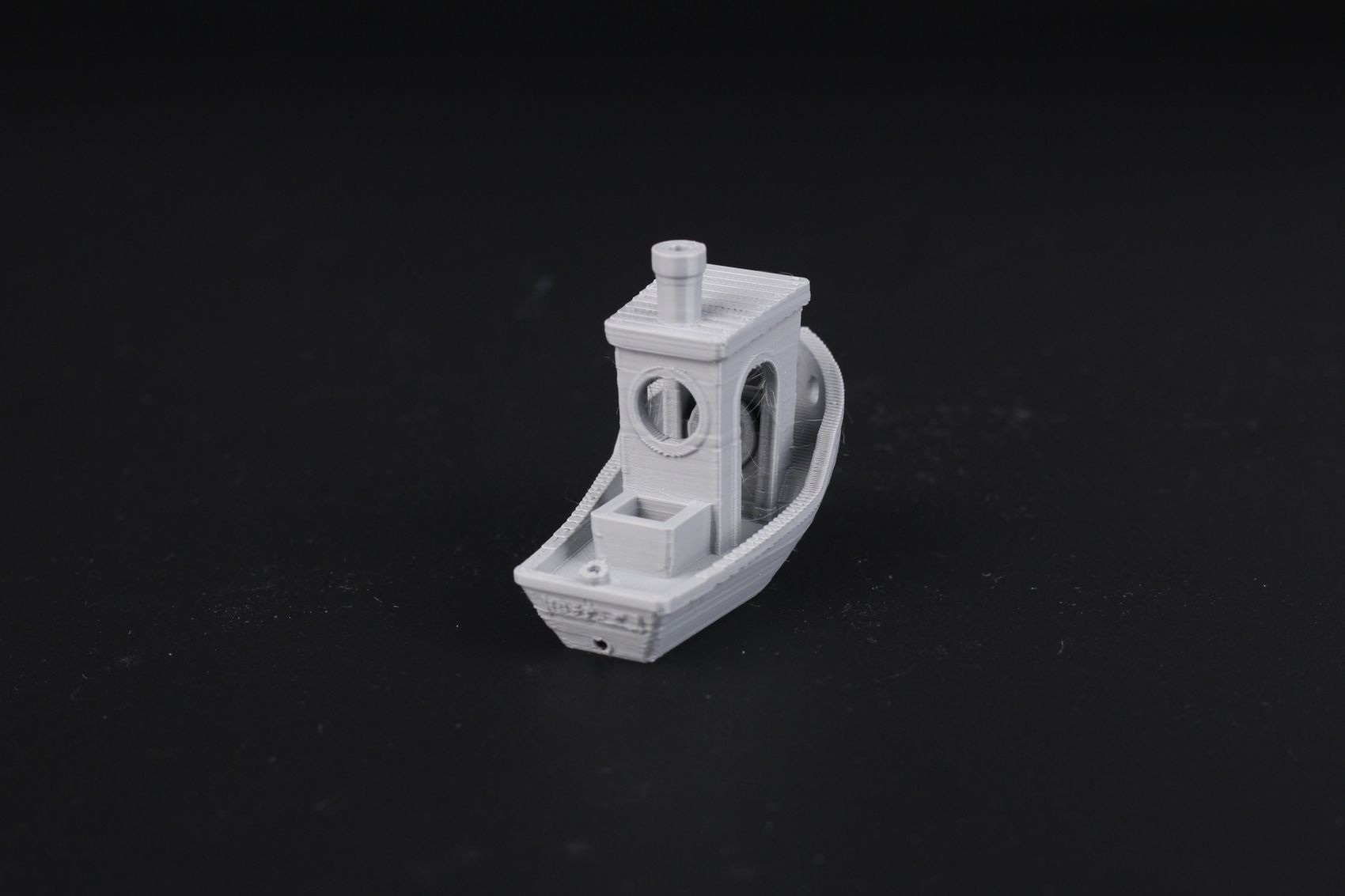

- Material: Anycubic Grey PLA
- Layer Height: 0.2mm
- Nozzle Temperature: 210C
- Bed Temperature: 60C
- Print Speed: ~50 mm/s
Voron Calibration Cube
I tried again with a Voron Calibration Cube, after tweaking a few settings. The results have improved, but the extrusion inconsistency is still present, and there’s also quite a bit of ringing even though the print speed is not that high.
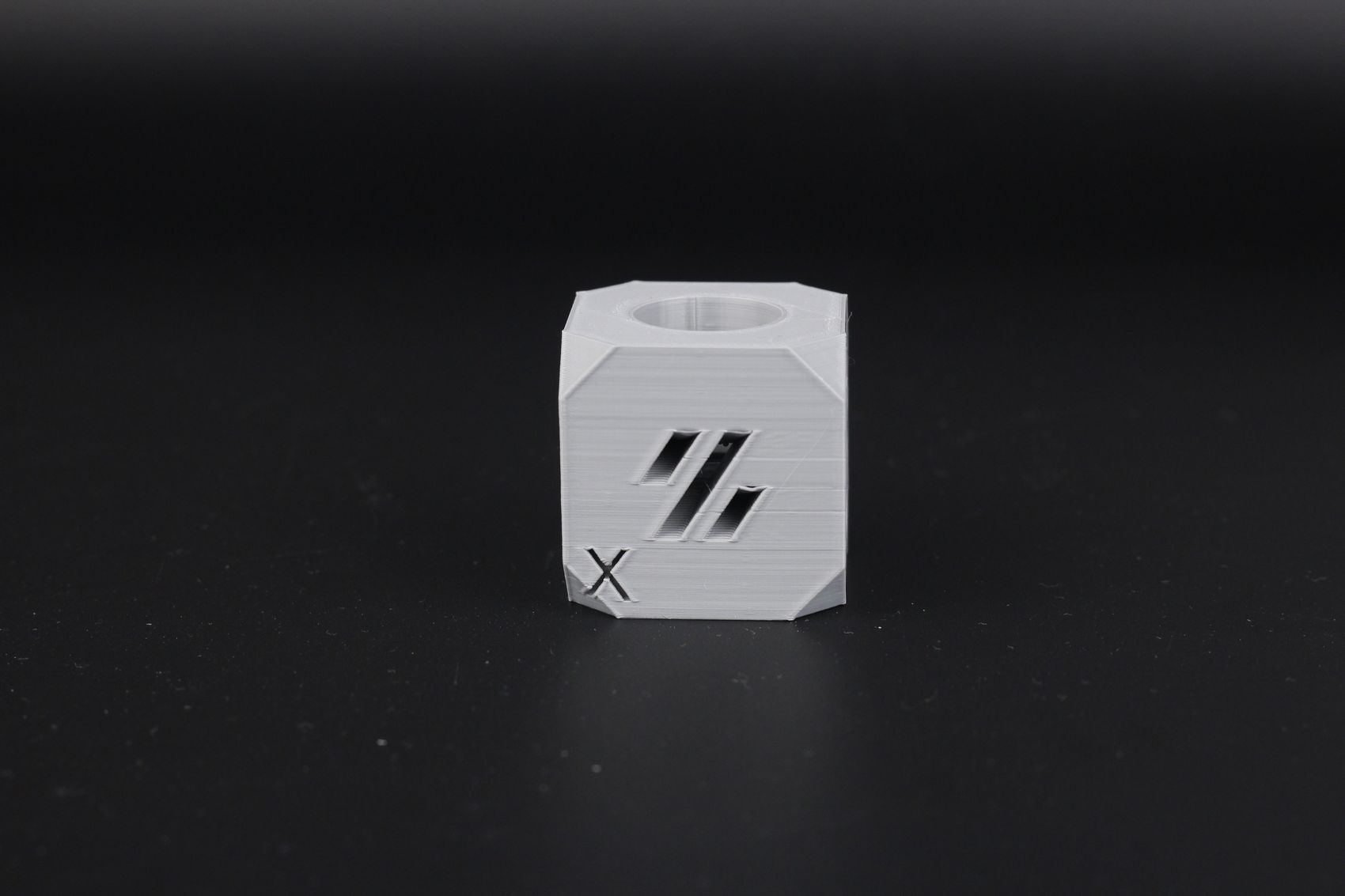
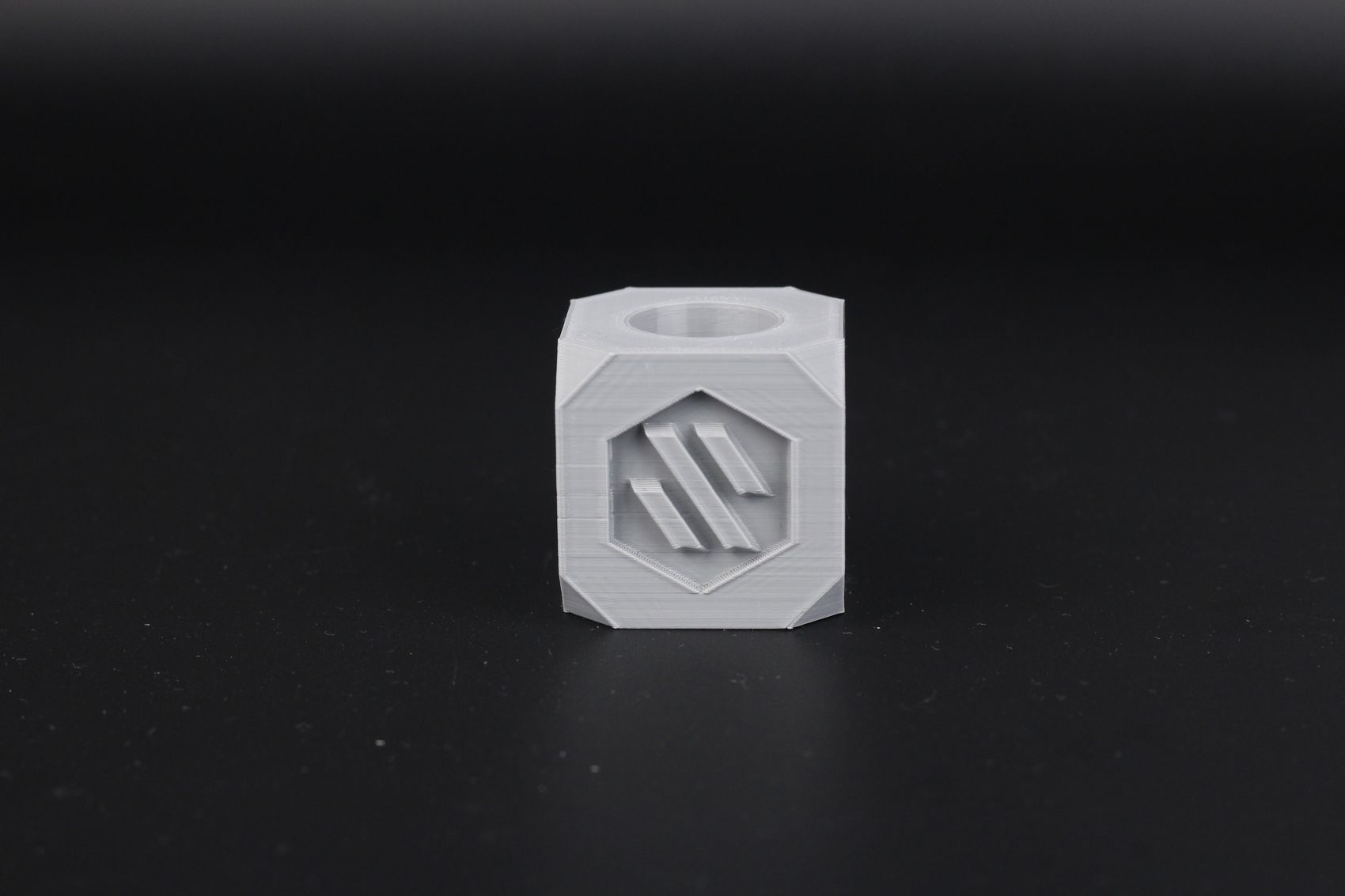
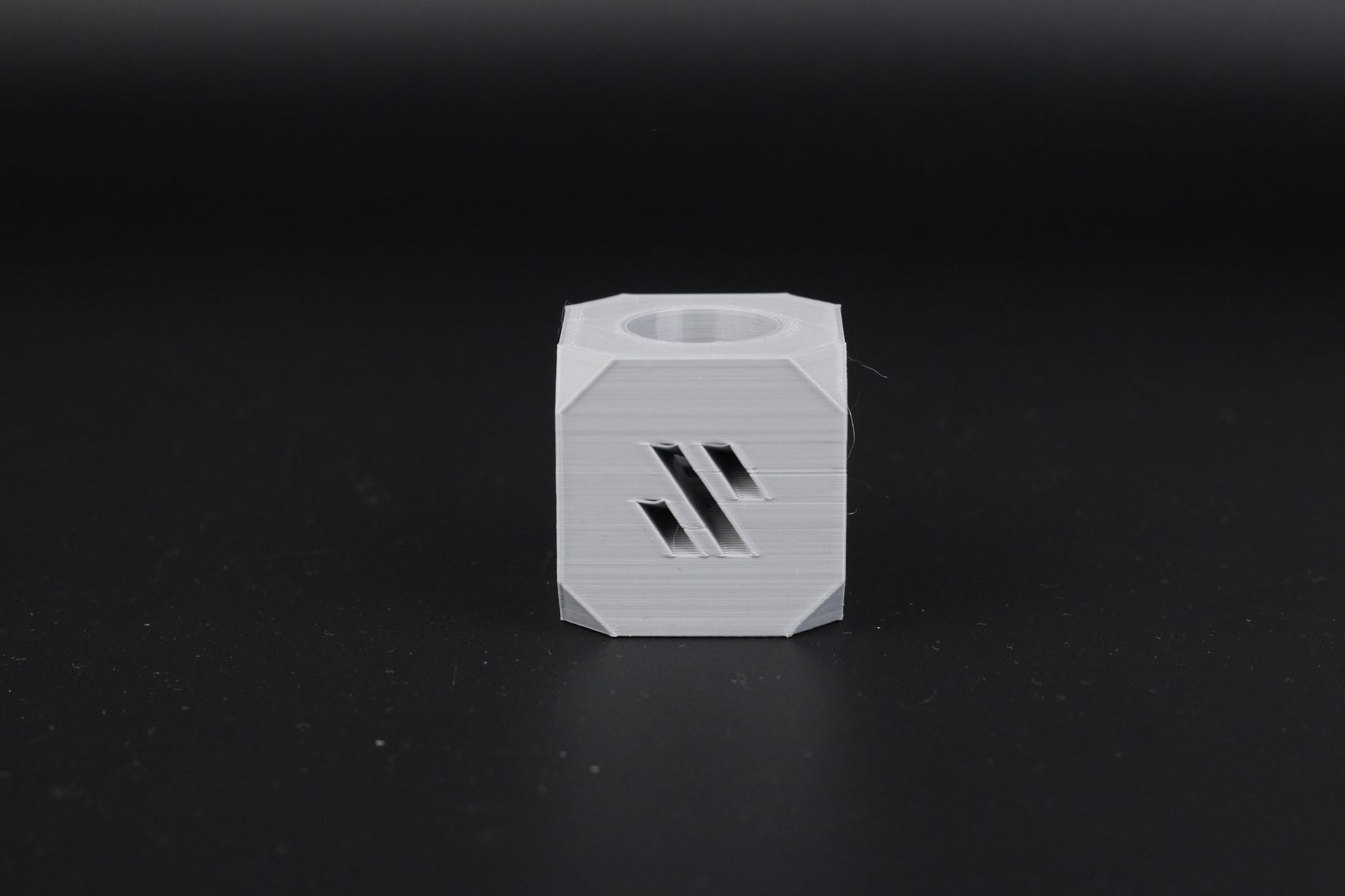
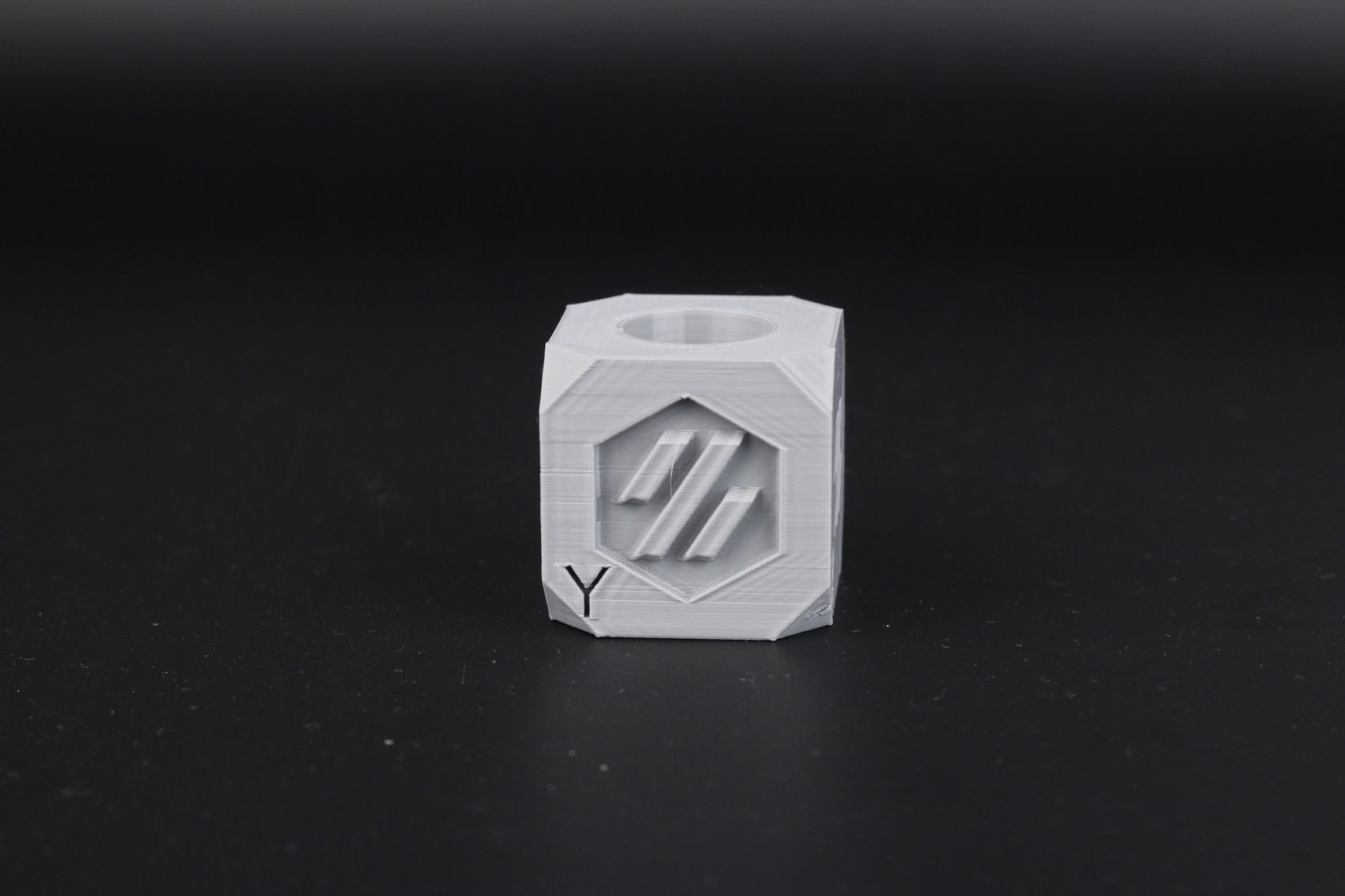
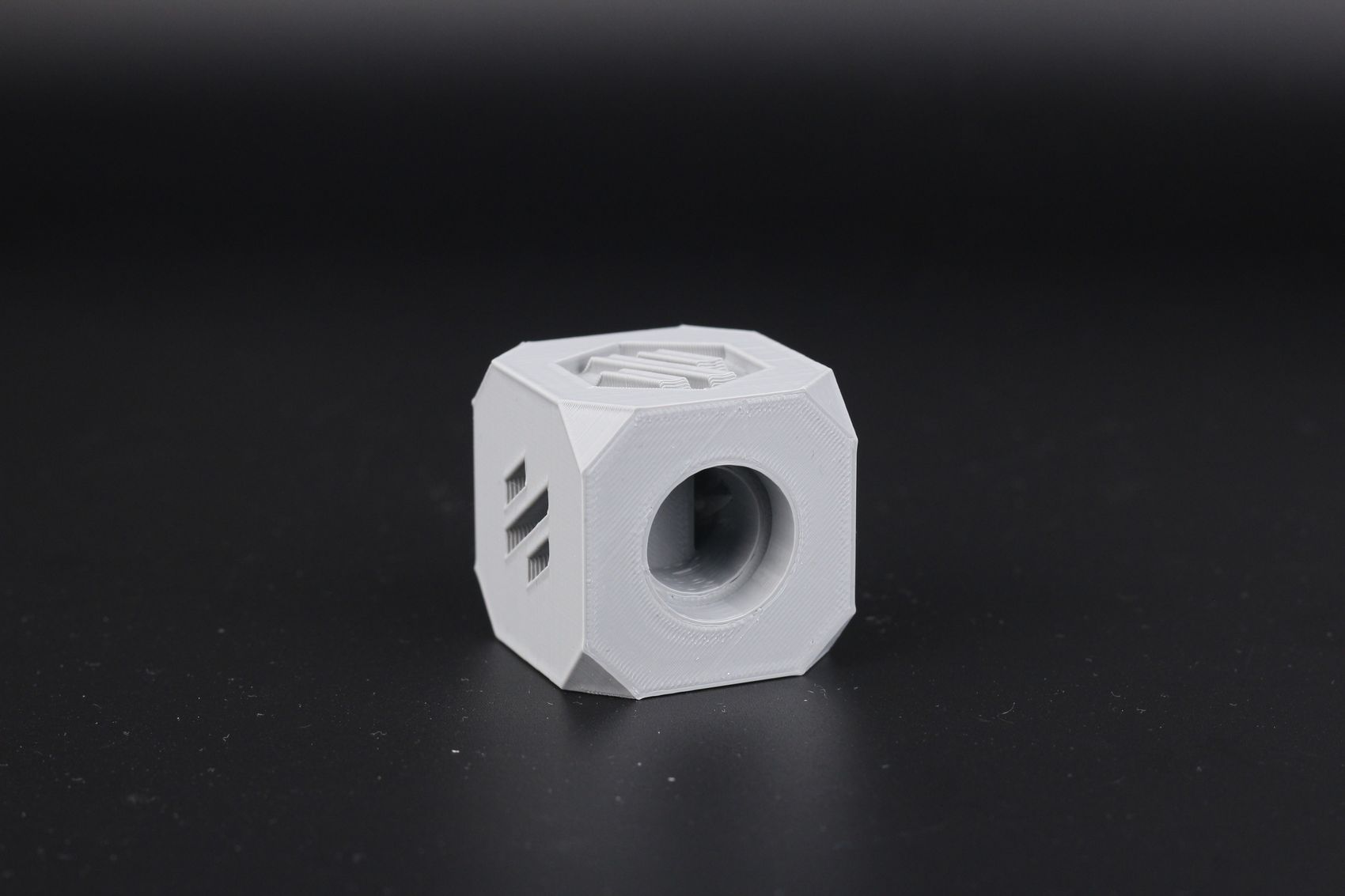
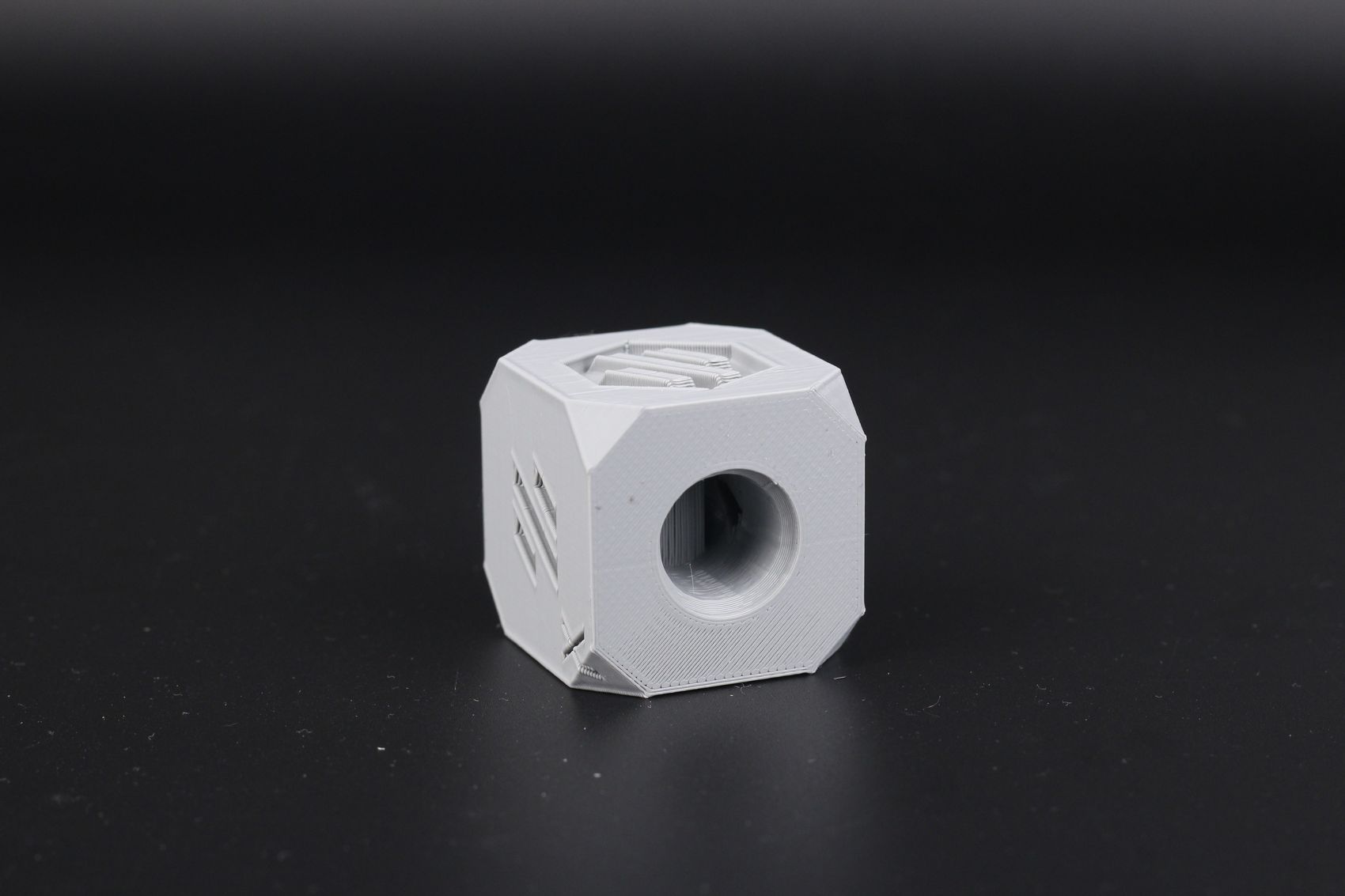
- Material: Anycubic Grey PLA
- Layer Height: 0.2mm
- Nozzle Temperature: 210C
- Bed Temperature: 60C
- Print Speed: ~60 mm/s
Phil-a-Ment
I swapped filaments with some FormFutura rPLA, because I thought it might be related to the filament, but as you can see, there’s still quite a bit of inconsistent extrusion present. The overhangs are good though, but ringing is also present.
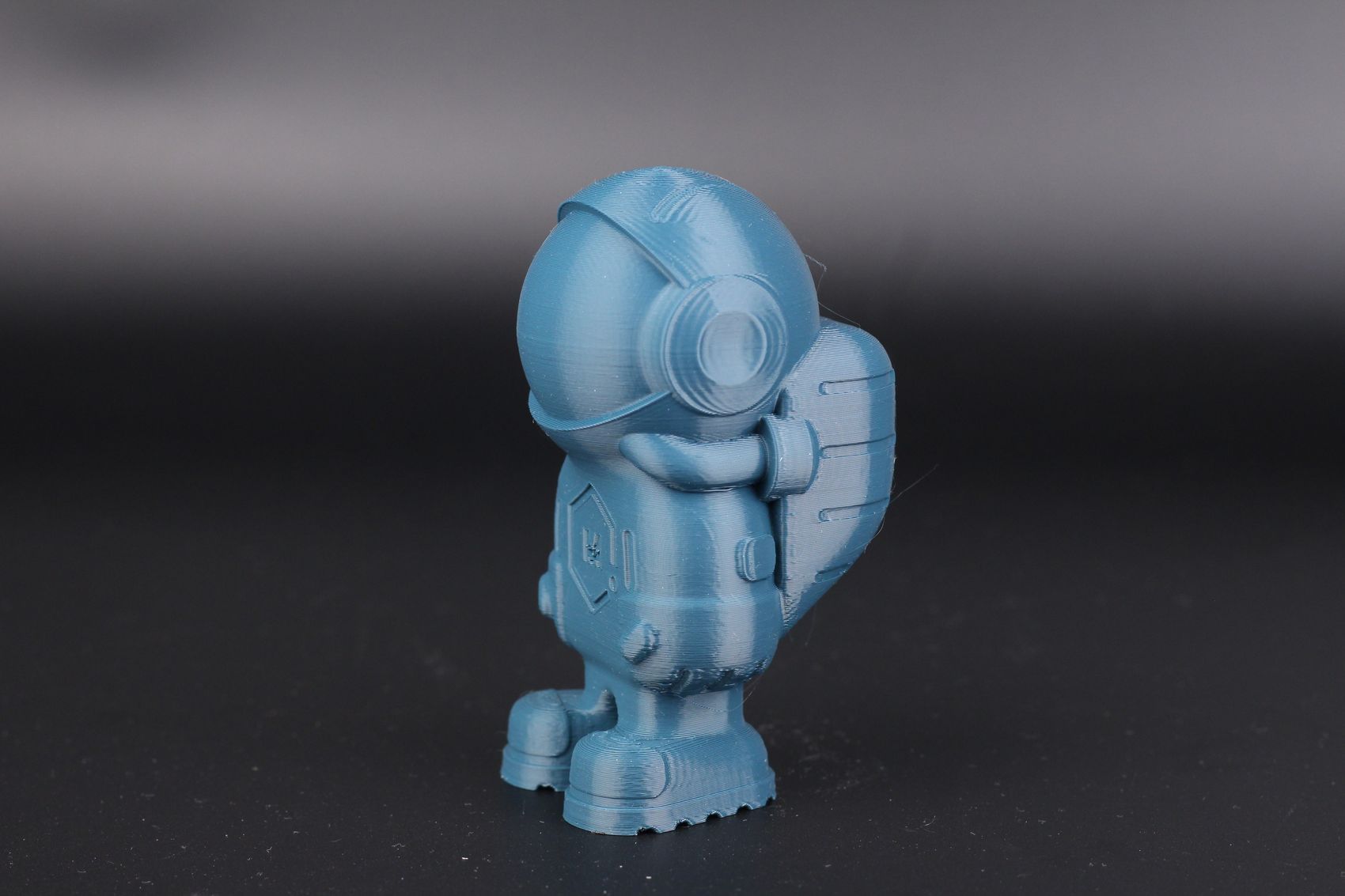
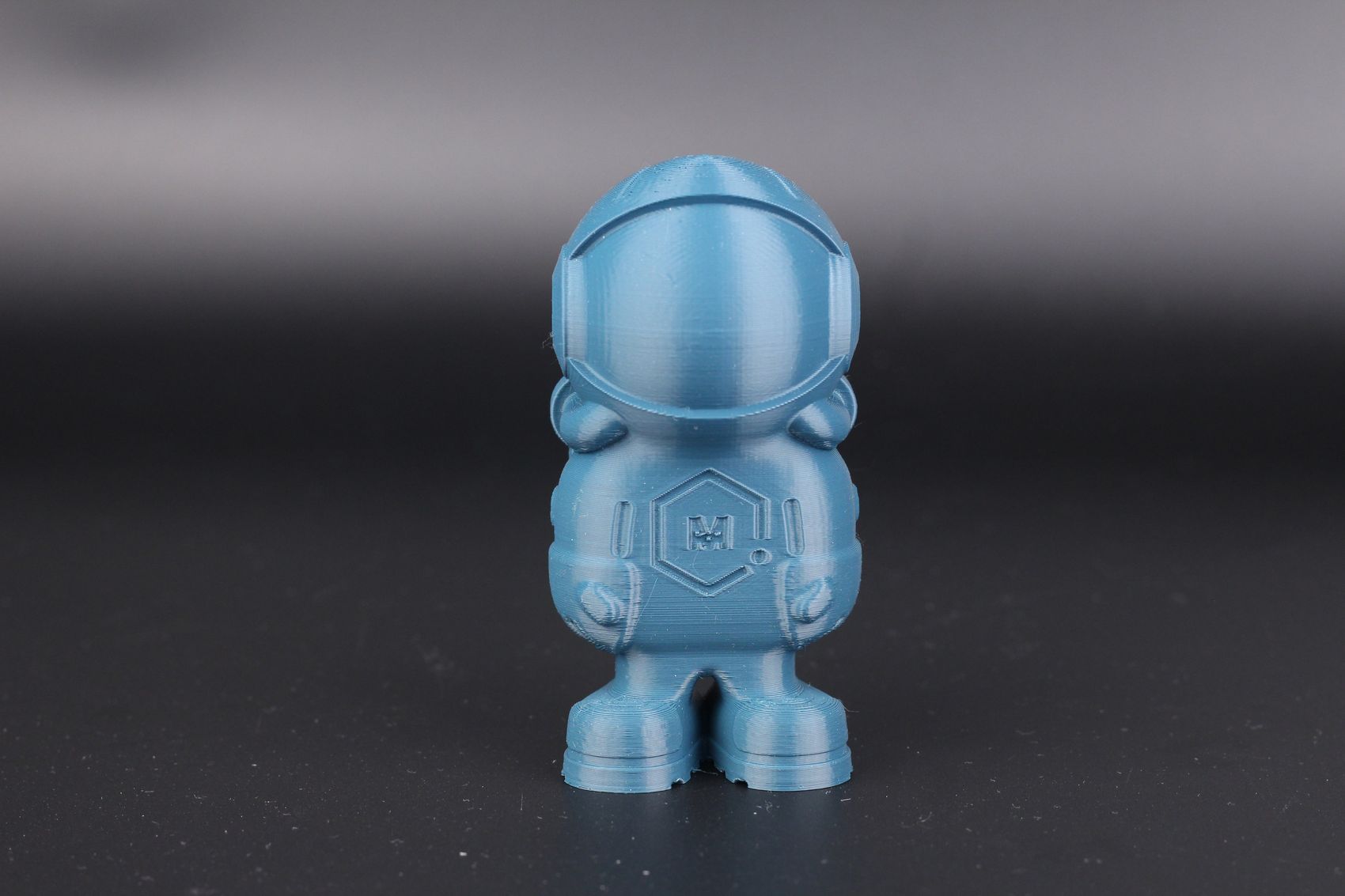
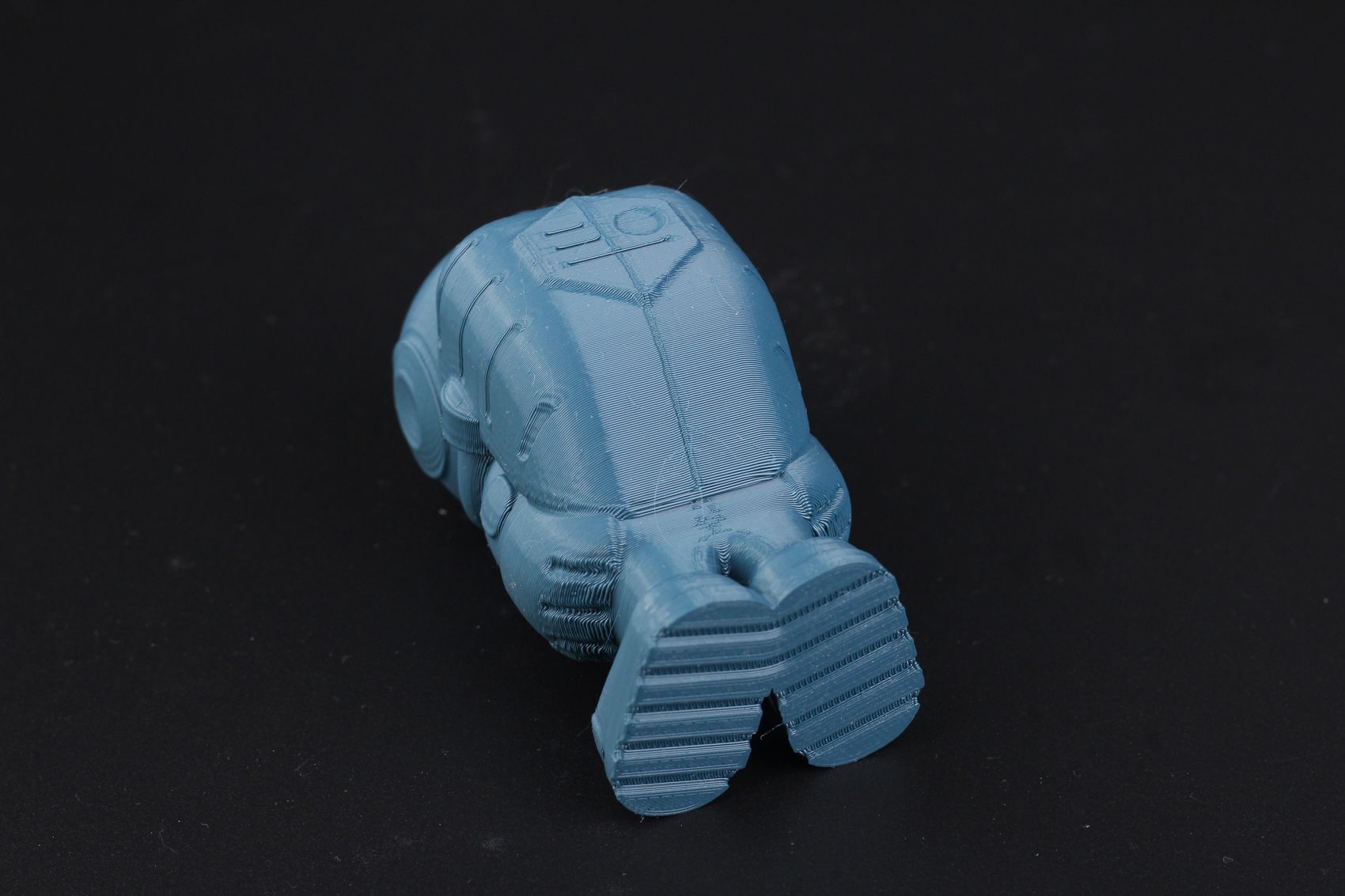
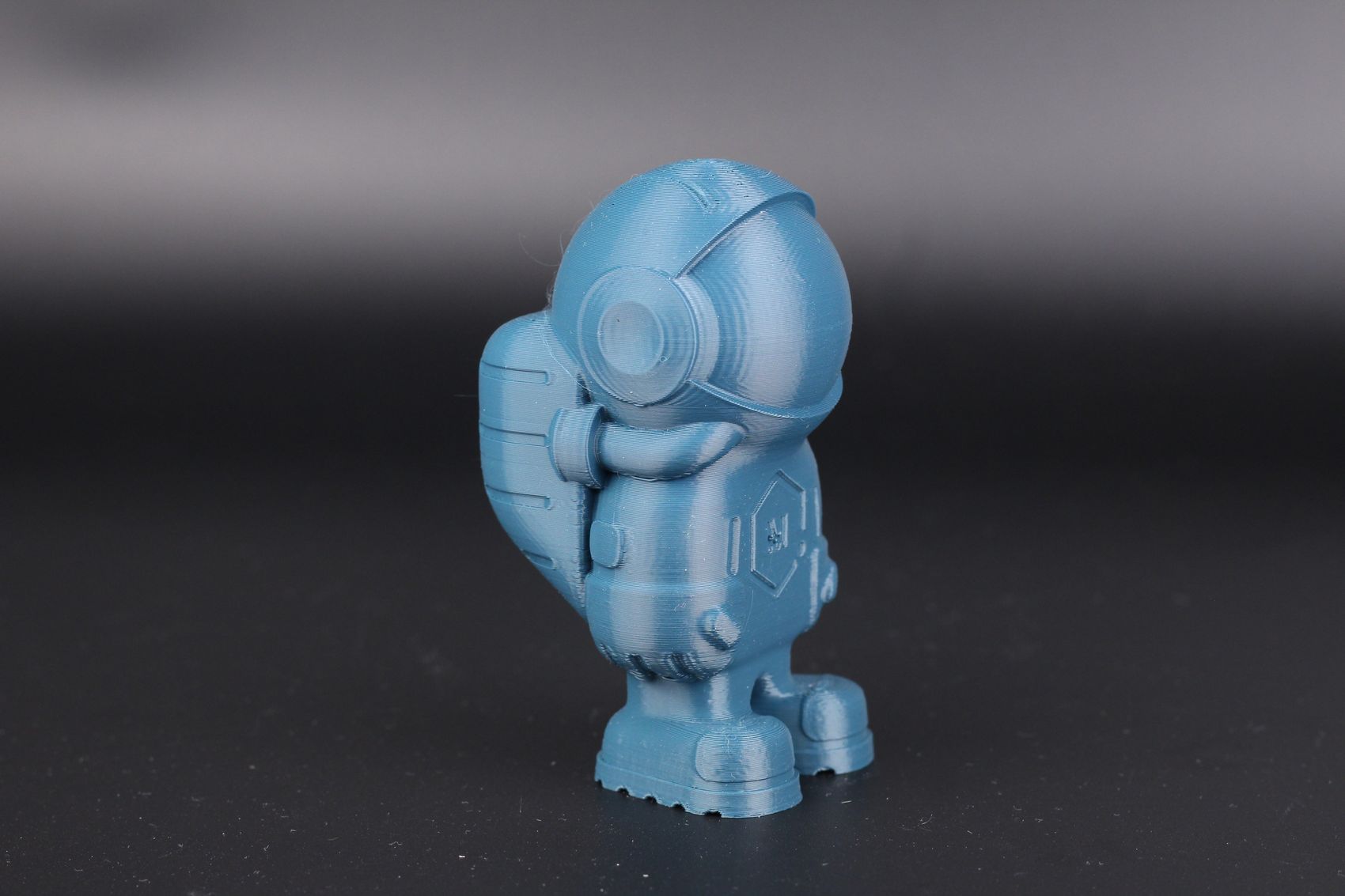

- Material: FormFutura ReForm rPLA Turkish Blue
- Layer Height: 0.2mm
- Nozzle Temperature: 210C
- Bed Temperature: 60C
- Print Speed: ~60 mm/s
Owl
Maybe there’s something wrong with my settings? To test this, I printed the included model from the SD card and it didn’t come out great either. Inconsistent extrusion still shows up on the external layers, and there is some stringing at the top. You can also see some sections where the filament did not extrude correctly and caused gaps in the layers.
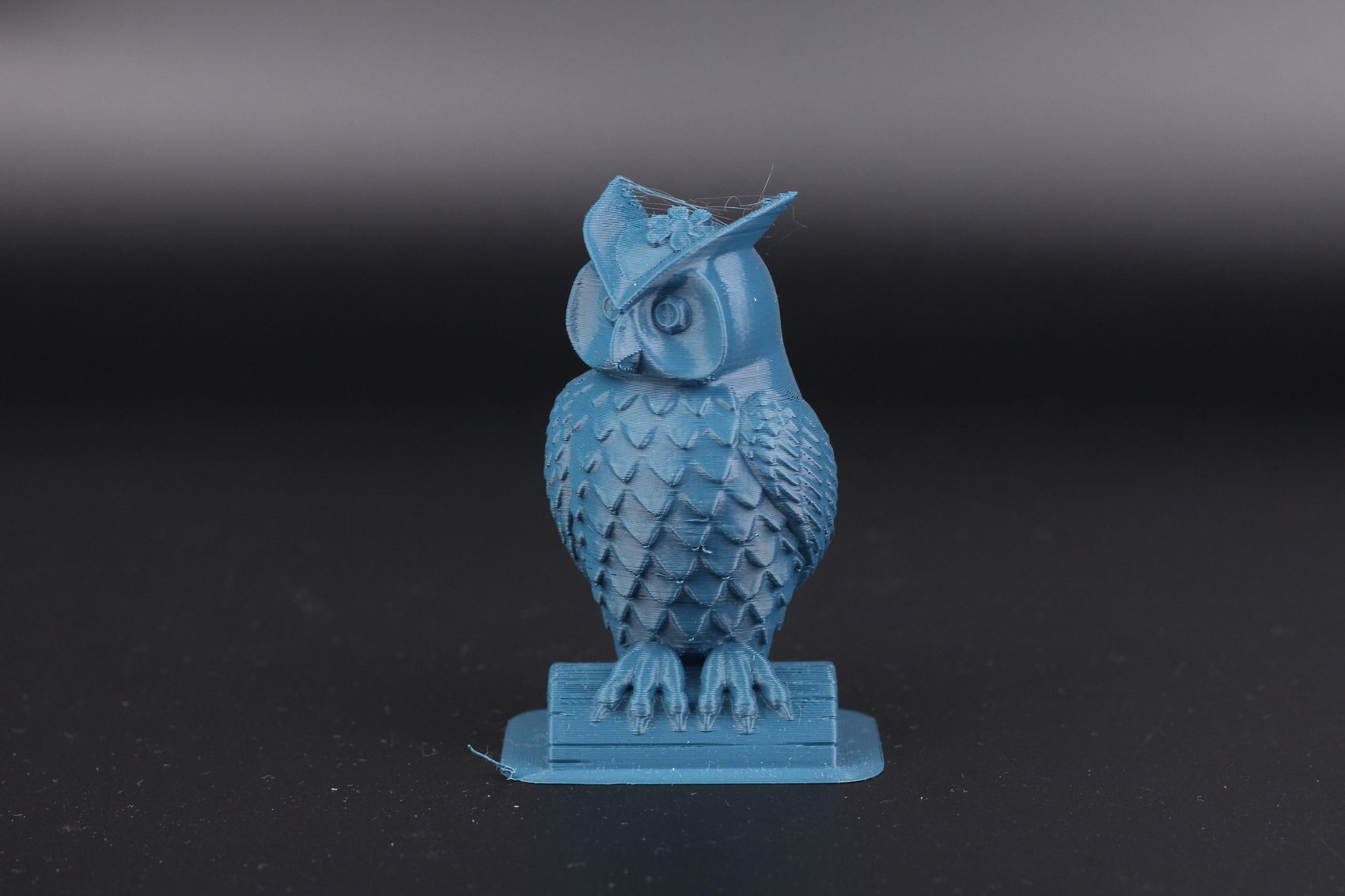
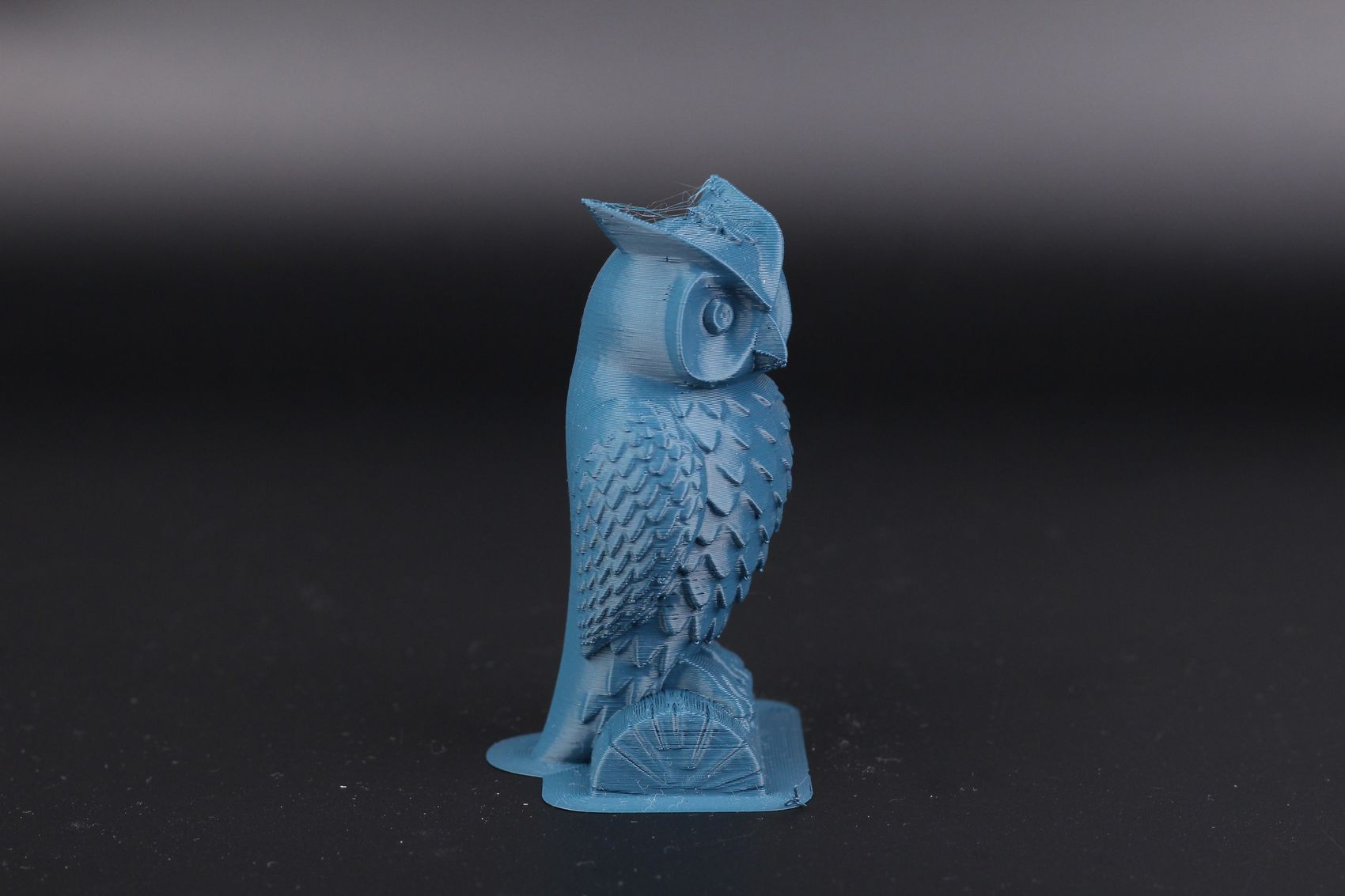
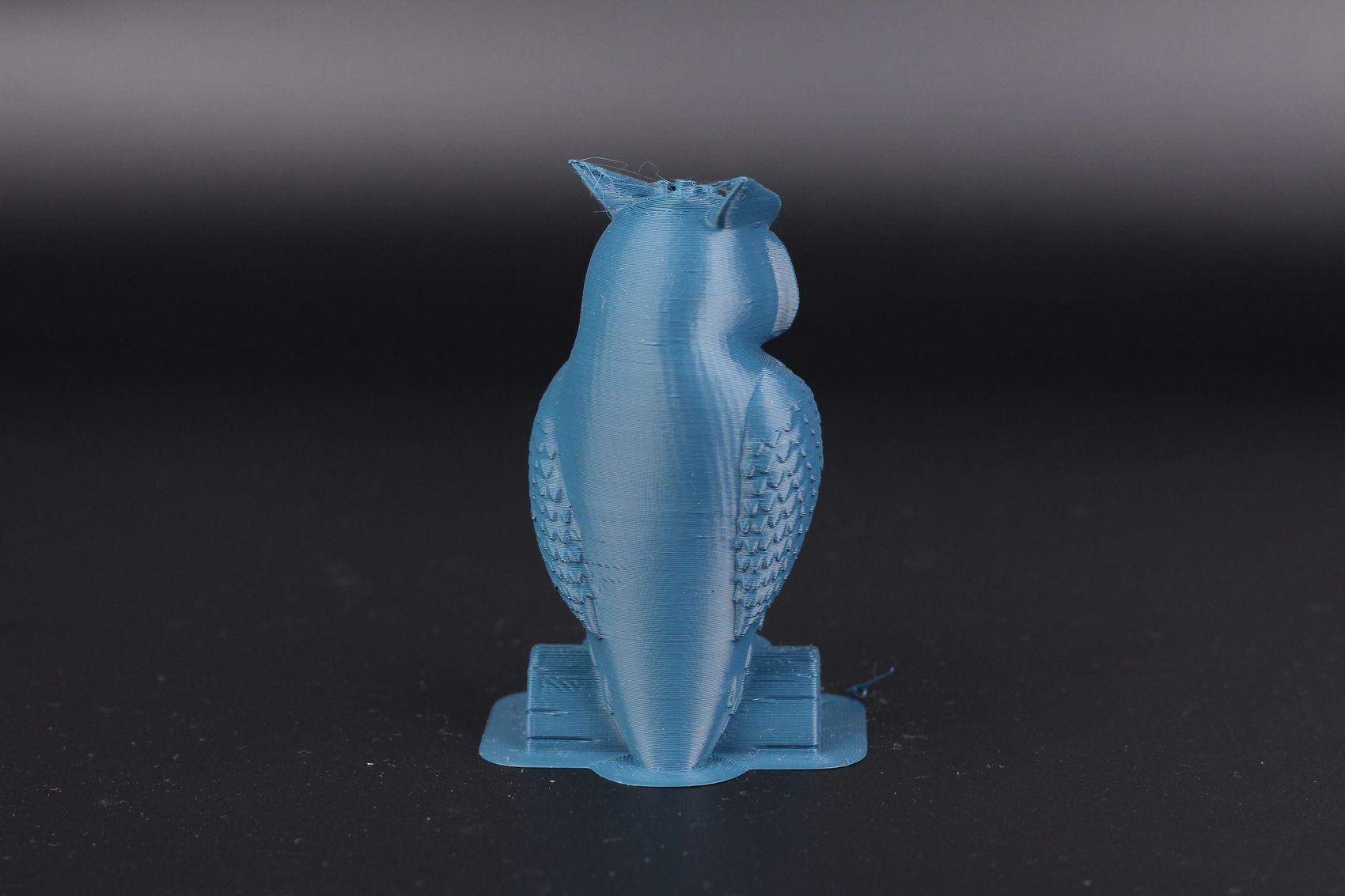

- Material: FormFutura ReForm rPLA Turkish Blue
- Layer Height: 0.2mm
- Nozzle Temperature: 210C
- Bed Temperature: 60C
- Print Speed: ~60 mm/s
Flexi Fox
I also tested the PETG printing performance of the Kobra Plus, and the results are almost “ok”. The stringing issue is present still, and one of the tail sections lost adhesion during printing, but that could be solved with a higher print surface temperature or some glue stick. The print quality is still not something I am happy with.
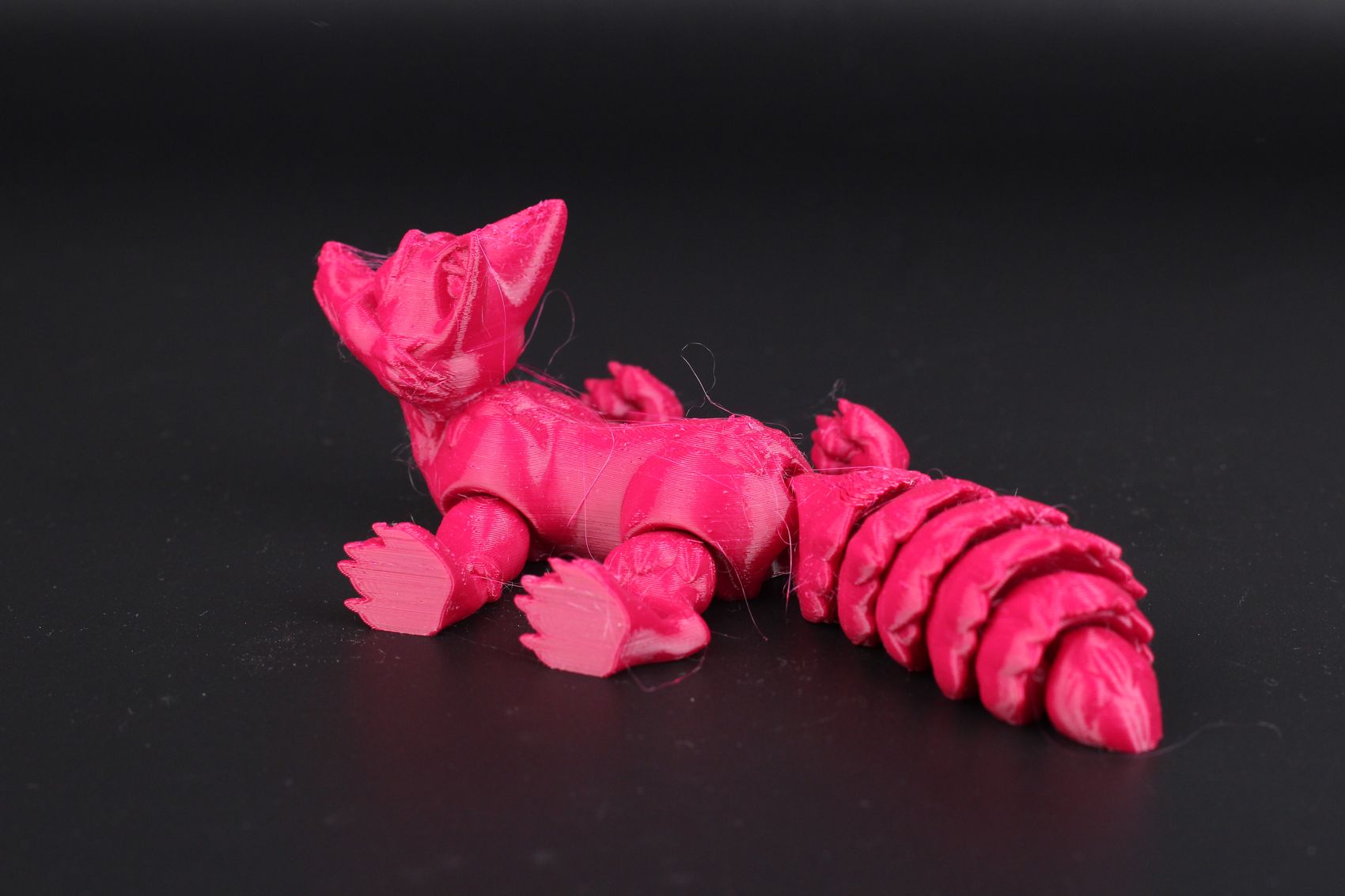
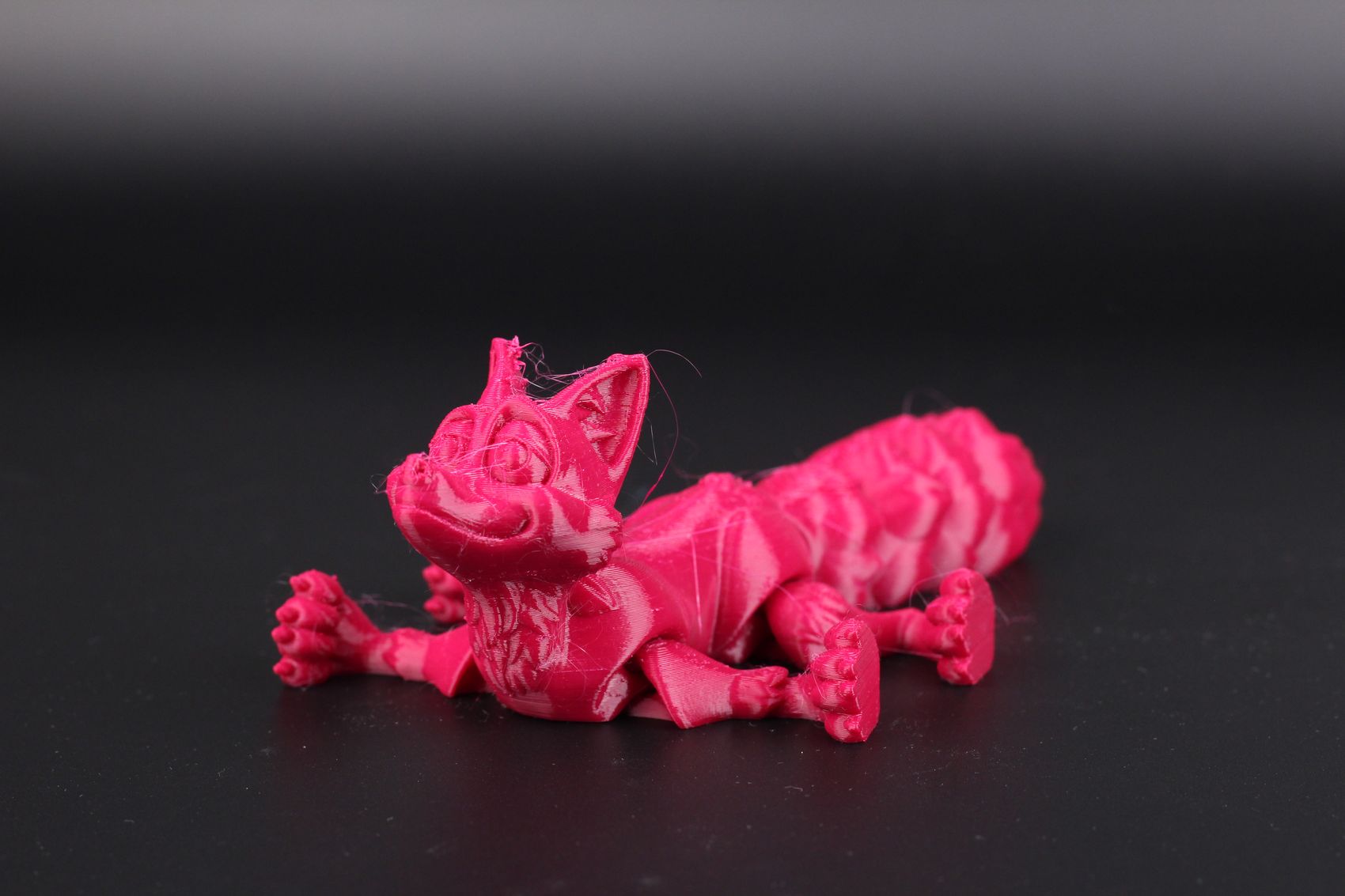

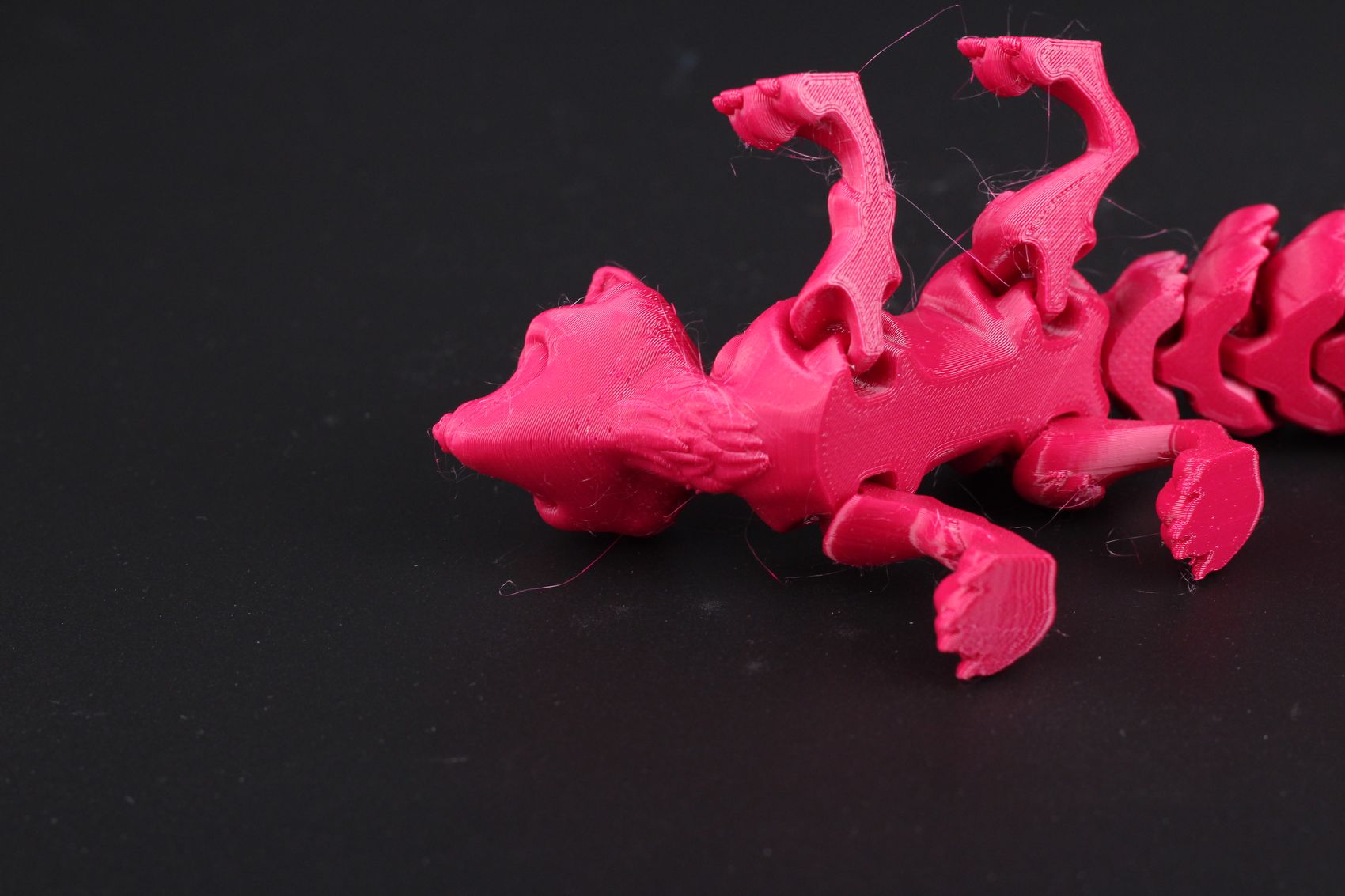
- Material: Devil Design Pink PETG
- Layer Height: 0.2mm
- Nozzle Temperature: 230C
- Bed Temperature: 80C
- Print Speed: ~60 mm/s
Torture Toaster
I also tested the Torture Toaster and I was not able to get a finished print, because the nozzle would start dragging on the top surface and then get a skipped step. I tried this three times and it failed around the same location during the print, even after trying Z-hop. My bet is that’s caused by the inconsistent extrusion which then makes some of the print features to catch on the nozzle.
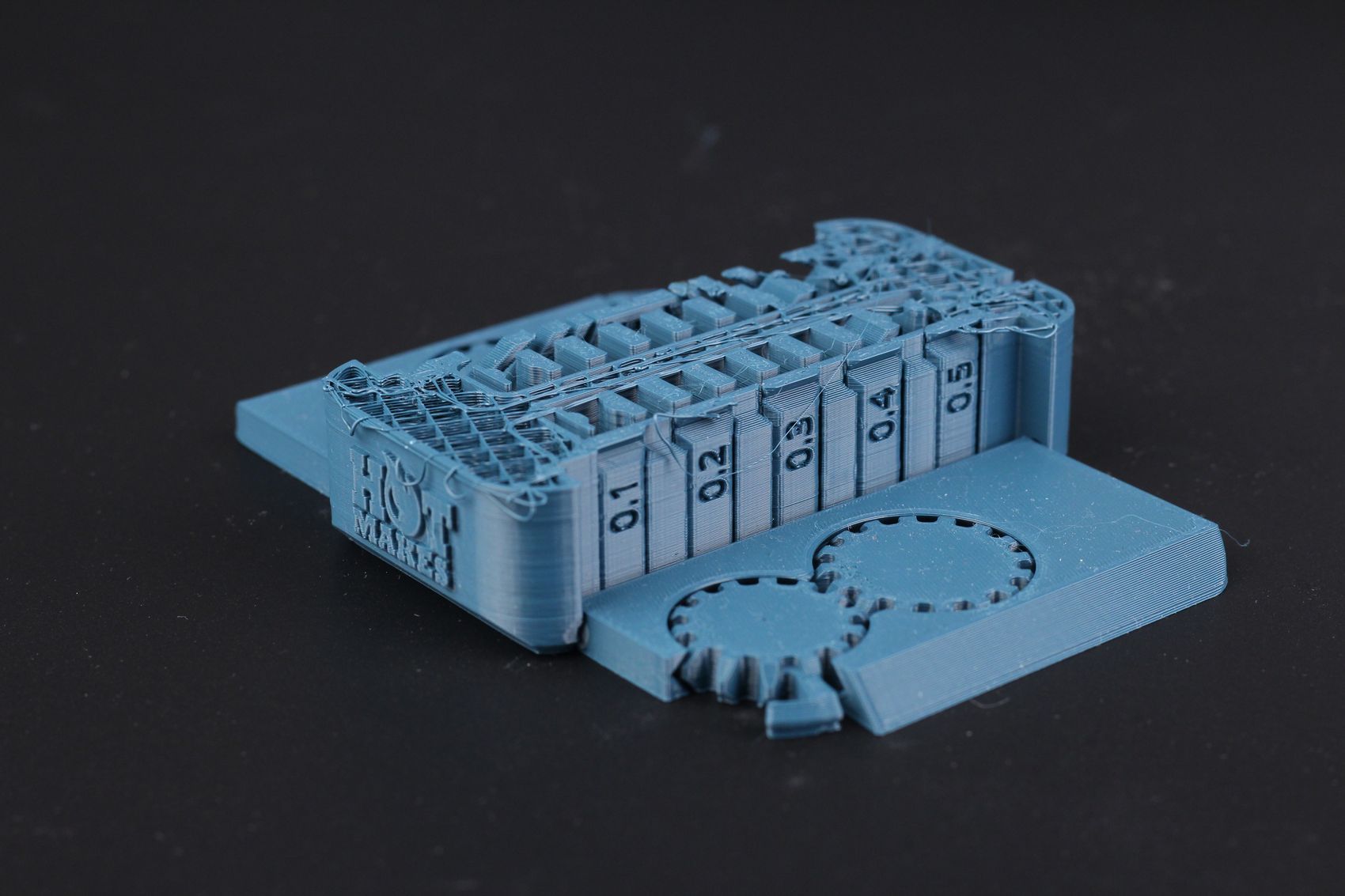
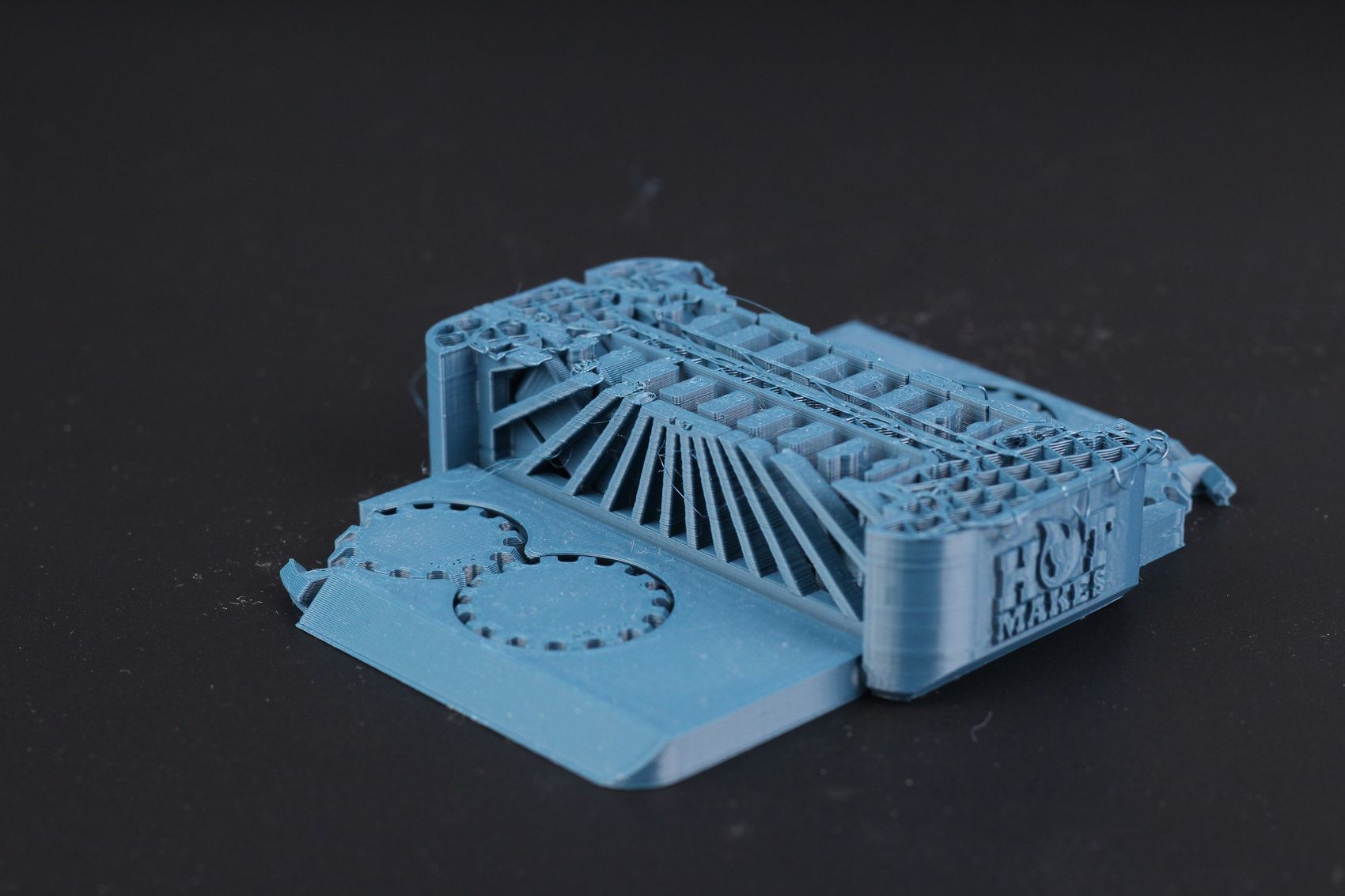
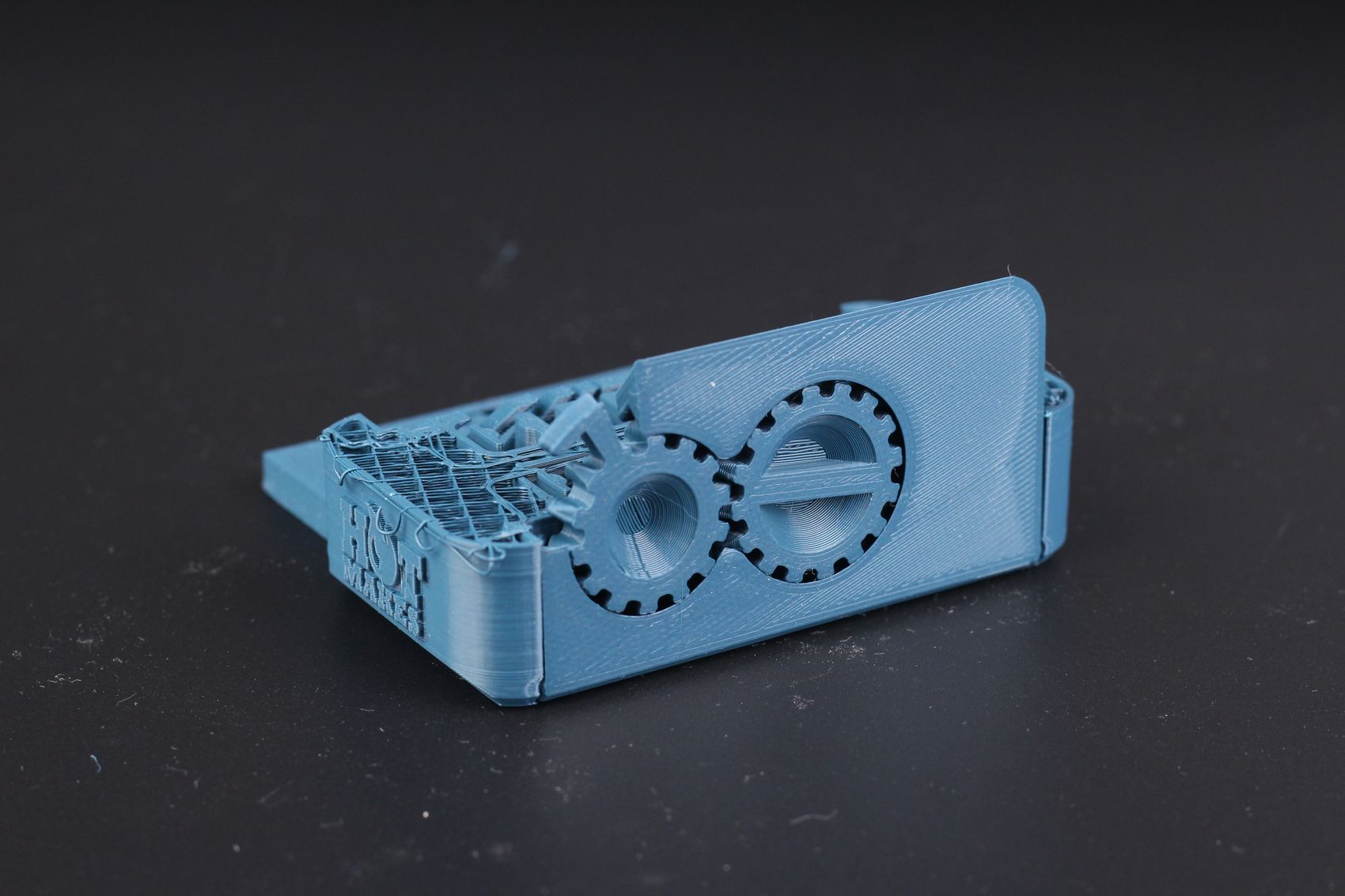
- Material: FormFutura ReForm rPLA Turkish Blue
- Layer Height: 0.2mm
- Nozzle Temperature: 210C
- Bed Temperature: 60C
- Print Speed: ~60 mm/s
Conclusions: Is the Anycubic Kobra Plus worth it?
Considering that Anycubic is planning to sell the Kobra Plus for ~499 USD, I am not sure it’s worth it especially considering the other alternatives out there like the Sidewinder X2.
While the Sidewinder X2 has its own issues, I would rather get that machine instead of the Kobra Plus as it comes with a direct drive extruder, has a larger build volume for the Z-axis, and is also cheaper. You could also look into getting the Sovol SV04 which is an IDEX 3D printer that is 100$ more but allows you to print with dual materials.
The extrusion issues I encountered, and the lack of proper quality control also make me unhappy with the Kobra Plus, so I wouldn’t recommend it for a beginner that doesn’t know how to troubleshoot the issues that might come up.
It’s more expensive than other 3D printers with similar printing volumes and the print quality is lower. I might have a bad machine, so I recommend checking other reviews out there before making a purchase decision. Maybe you are luckier than me and have a better experience with it.
Anycubic Kobra Plus Rating
Design
Specs
Noise Levels
Ease of use
Print quality
Price
The Anycubic Kobra Plus doesn't produce the level of print quality we are expected to see from such an expensive machine, and the quality control issues make it a less desirable printer compared to the other members of the Kobra family.
Where to buy the Anycubic Kobra Plus?
The Anycubic Kobra Plus was provided free of charge by Anycubic for the purpose of this review. While the article includes affiliate links, all opinions are my own. Nobody reviewed the article before it was posted, following the Review Guidelines.
Liked it?
|
|


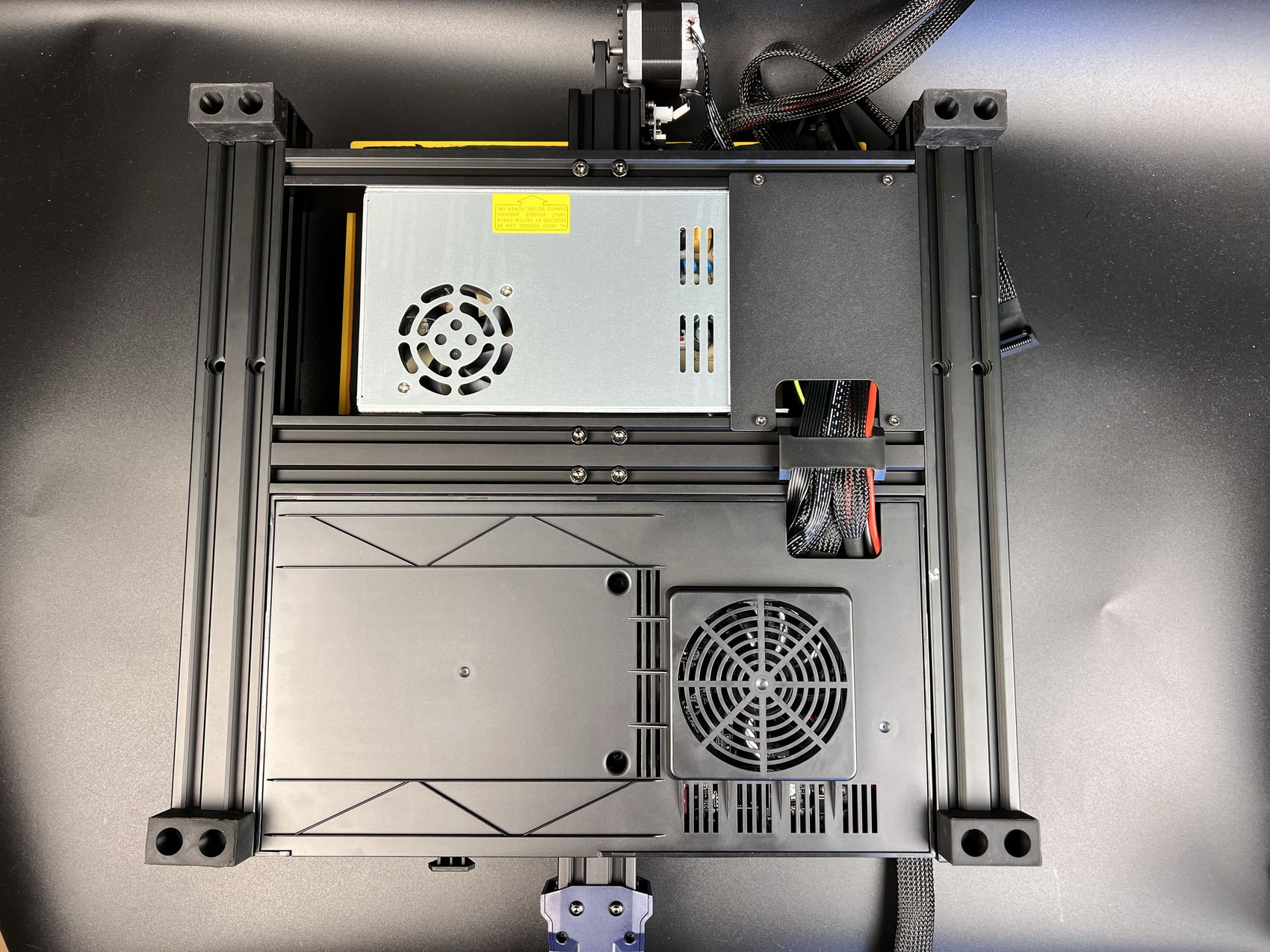


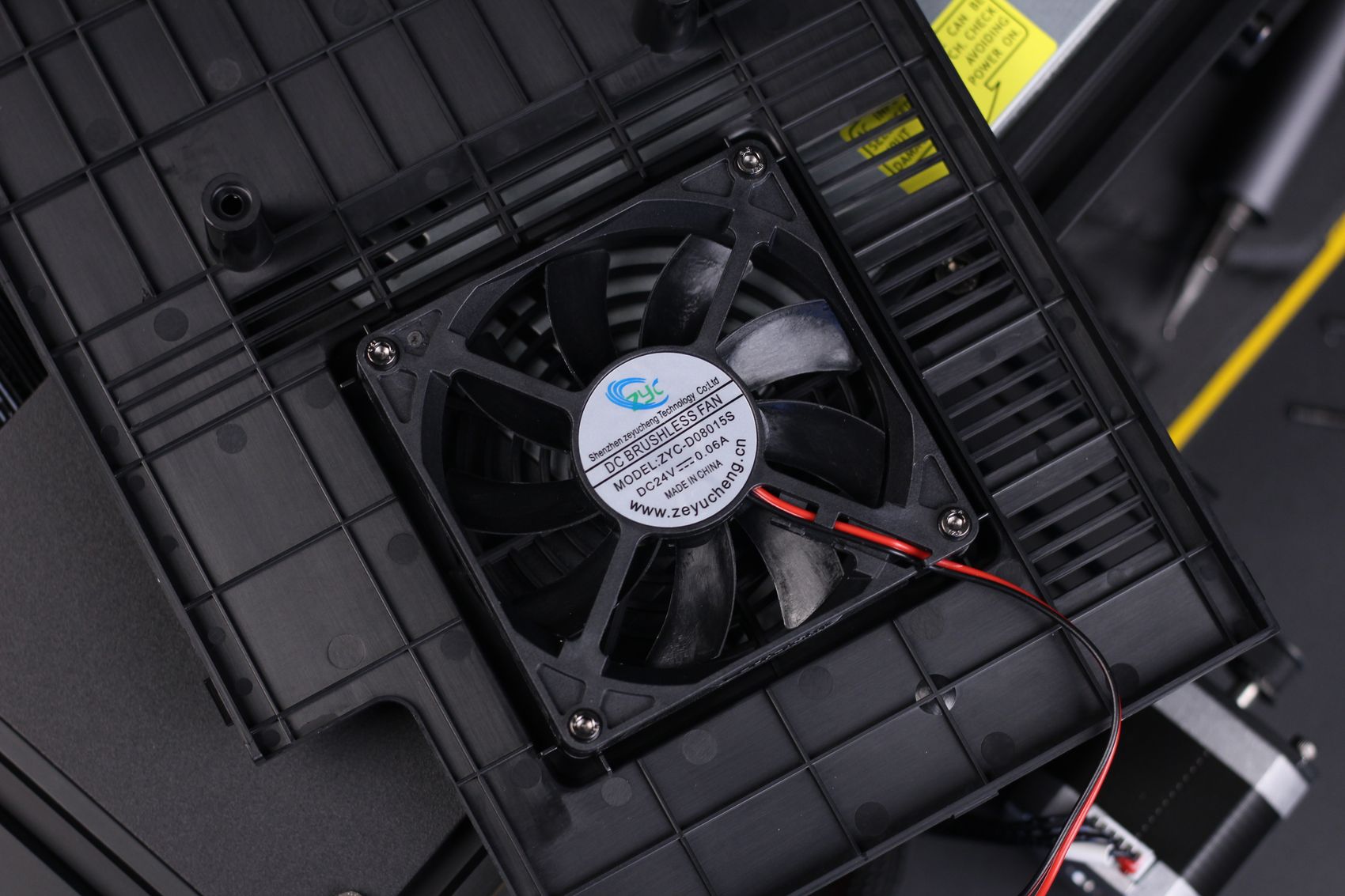
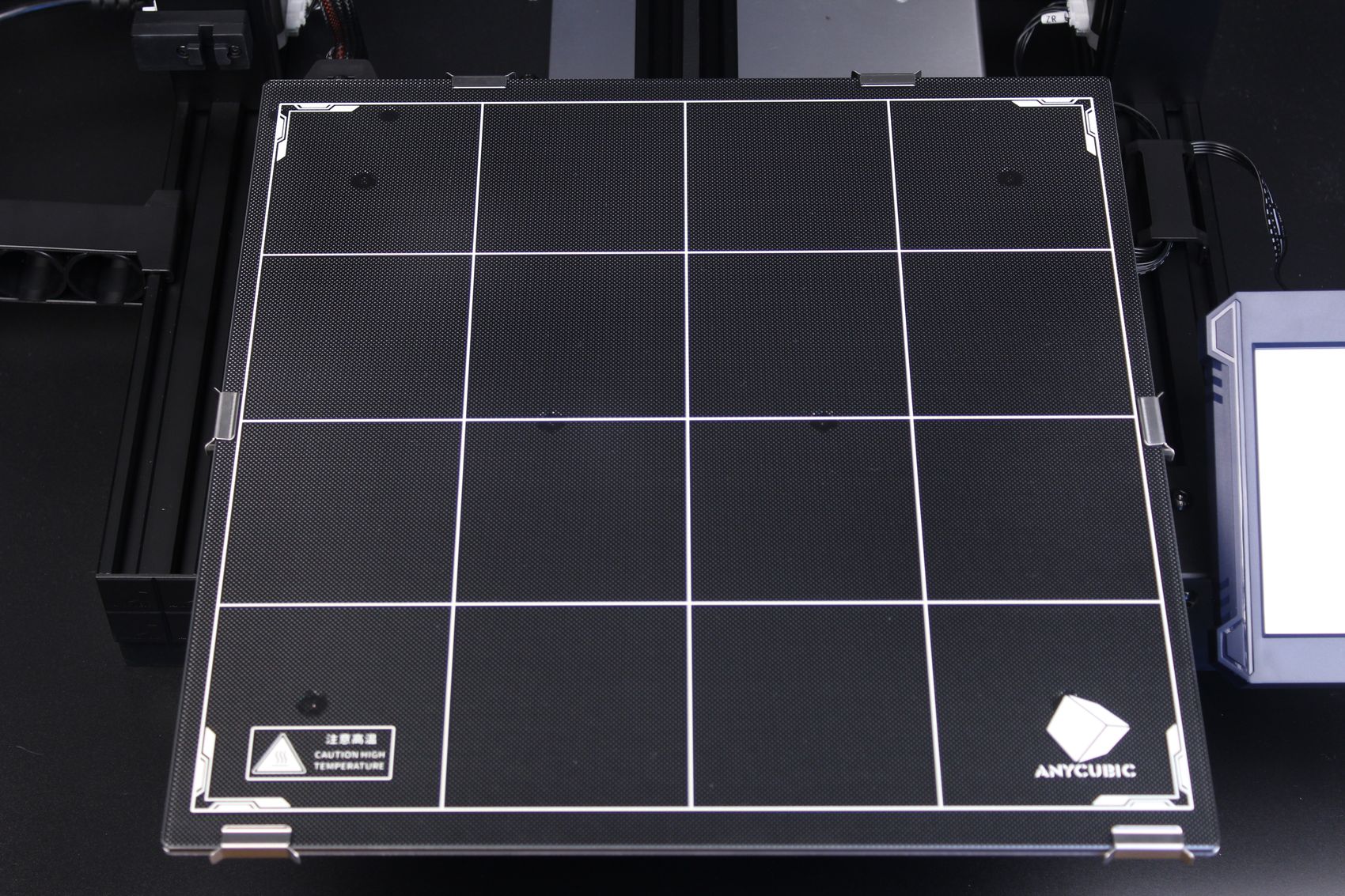

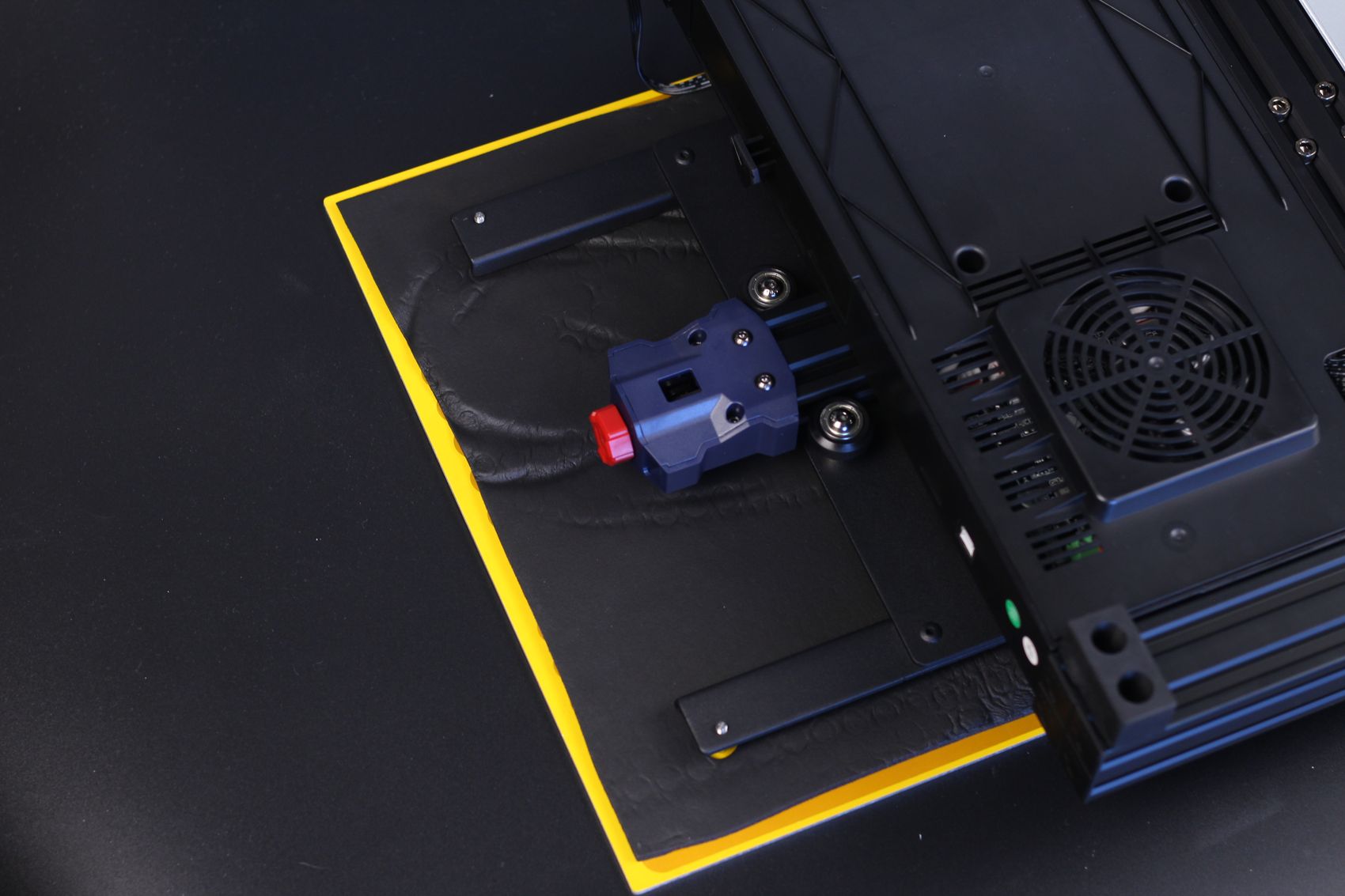

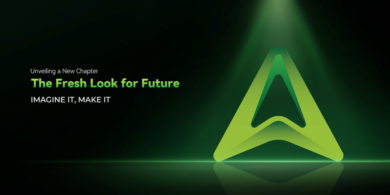
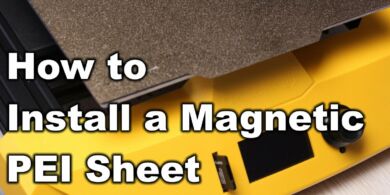

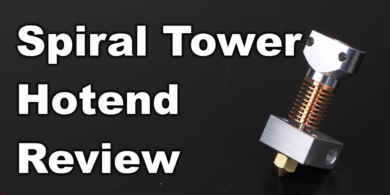
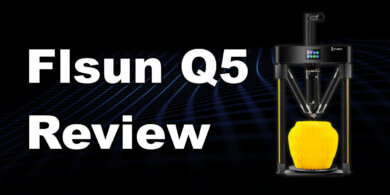
You can leave a comment for this article on the 3DPrintBeginner Forum